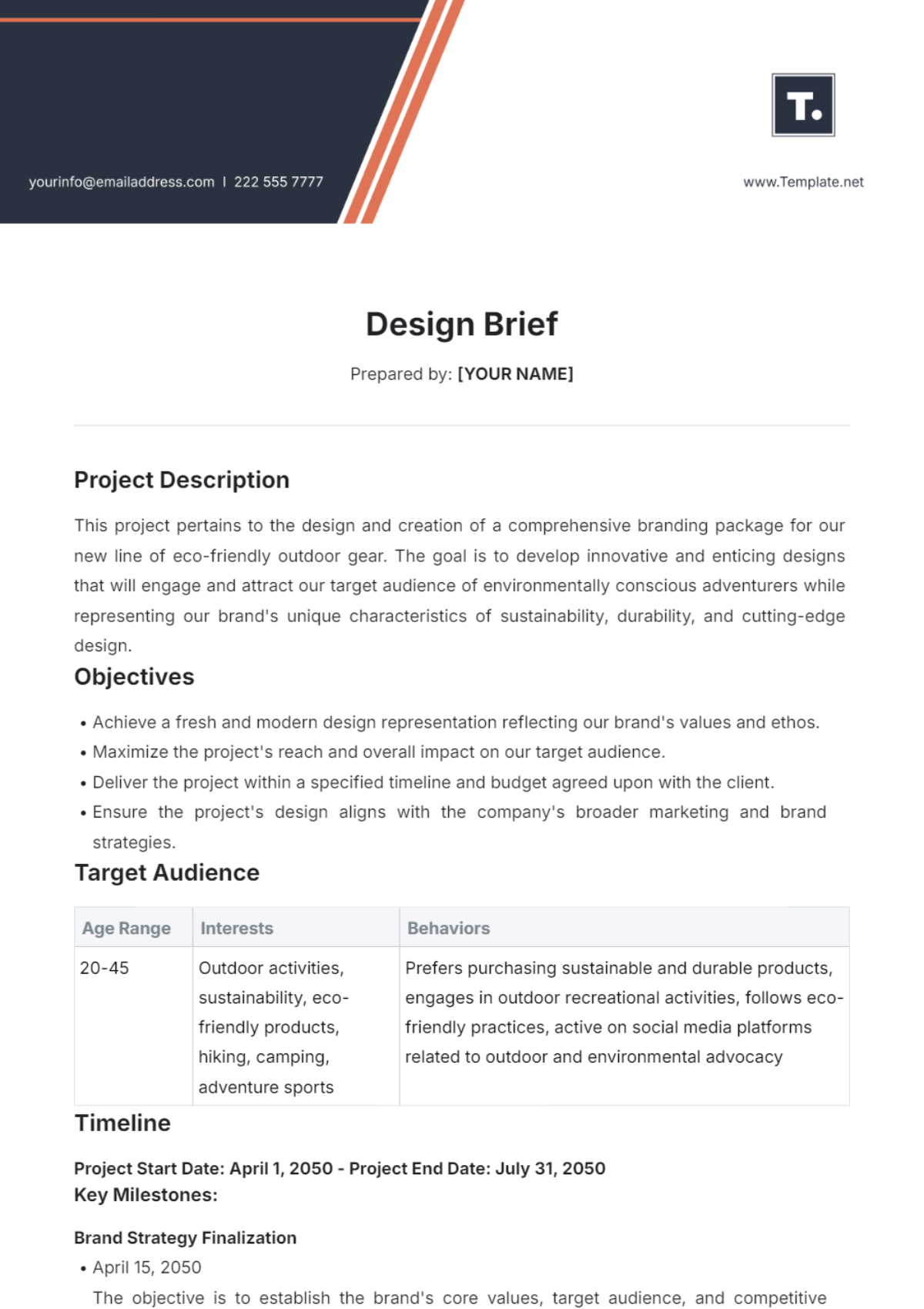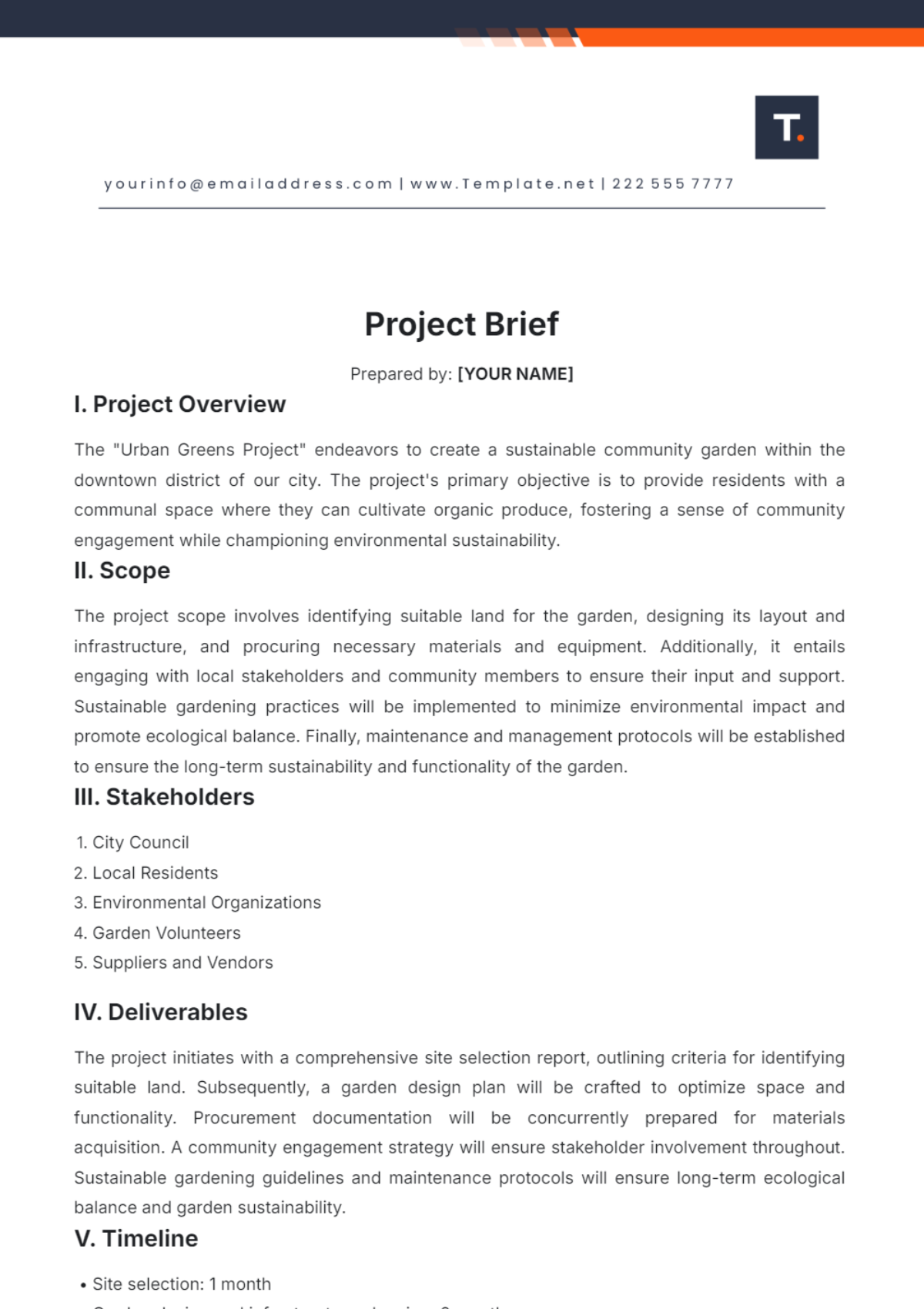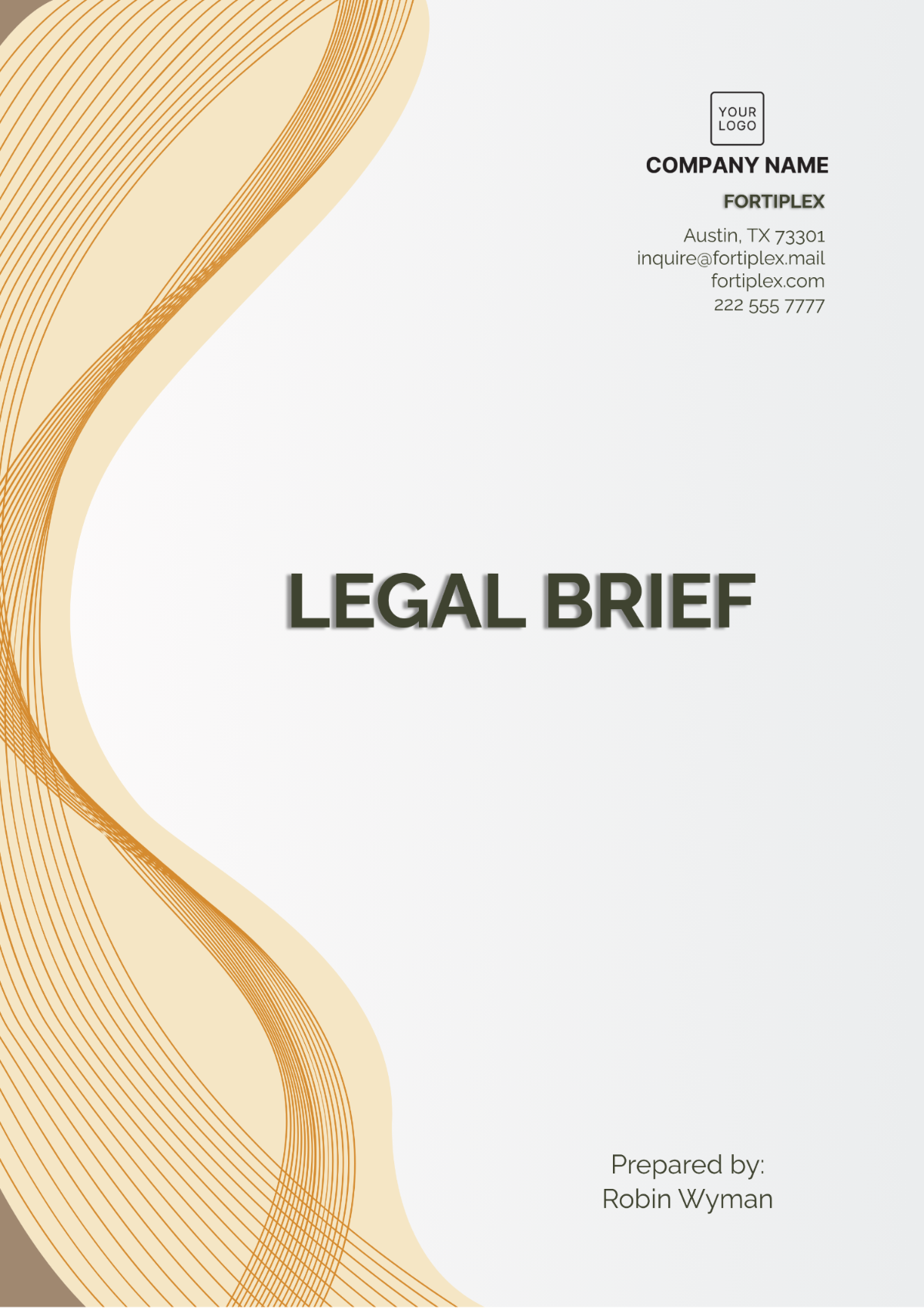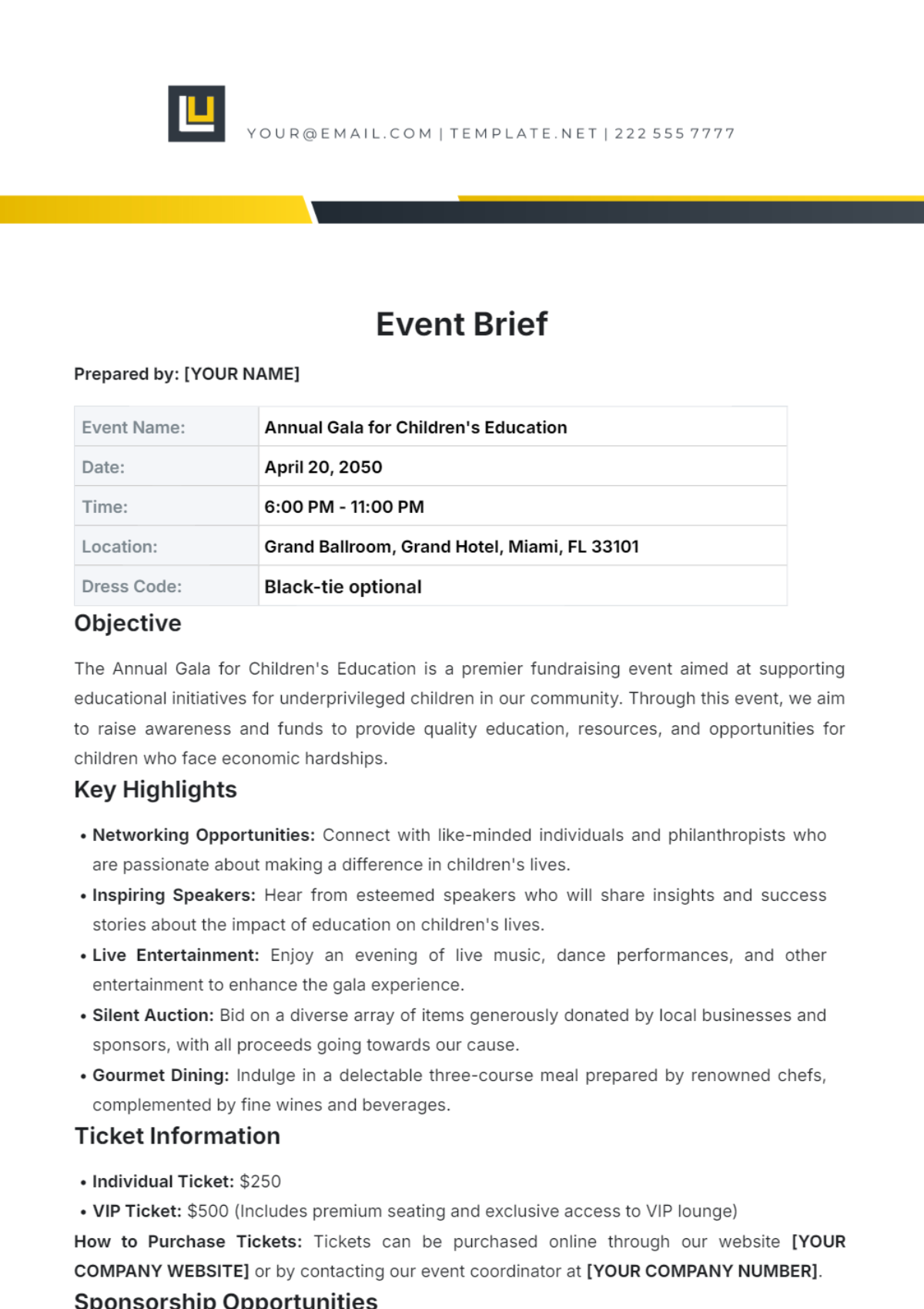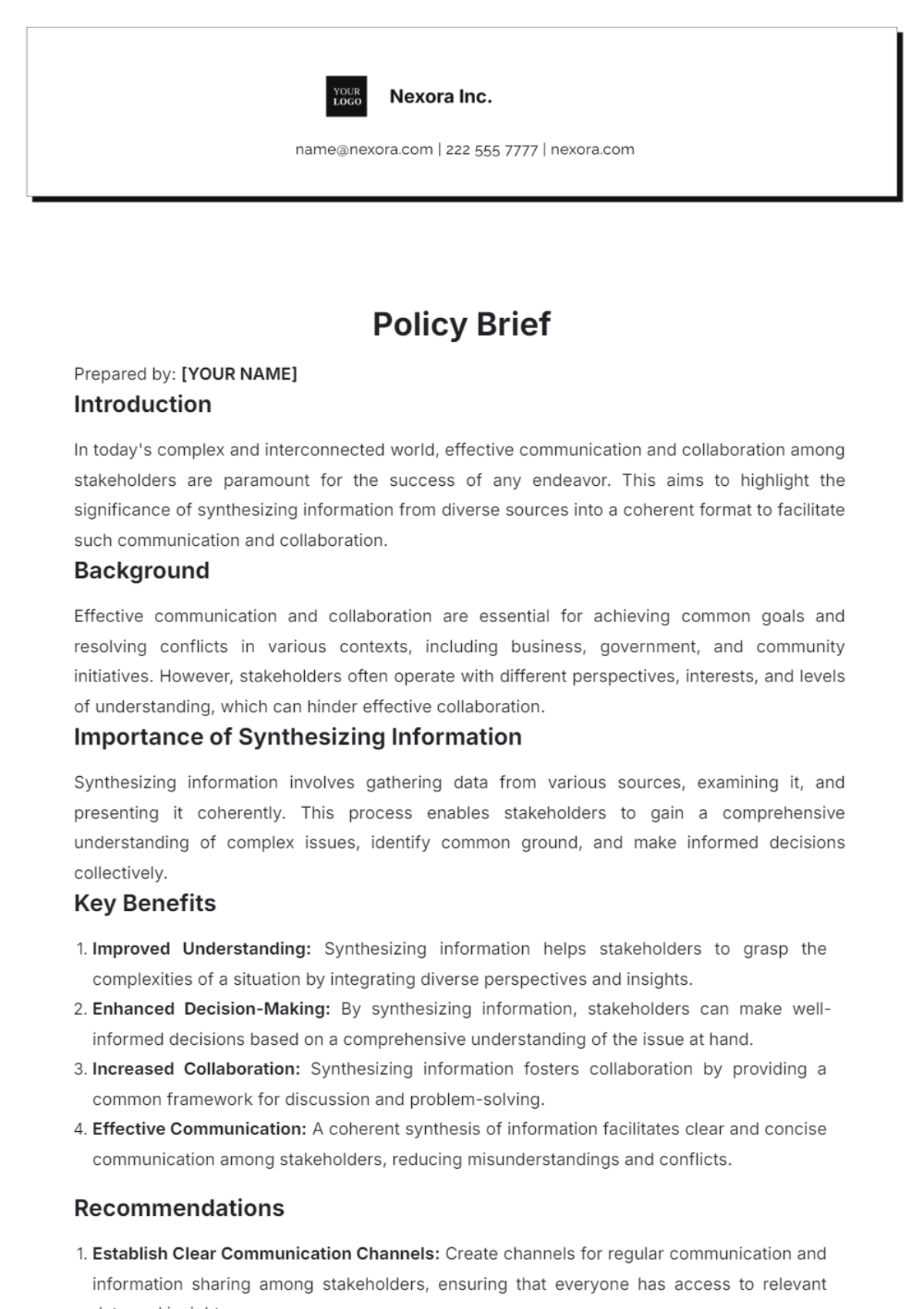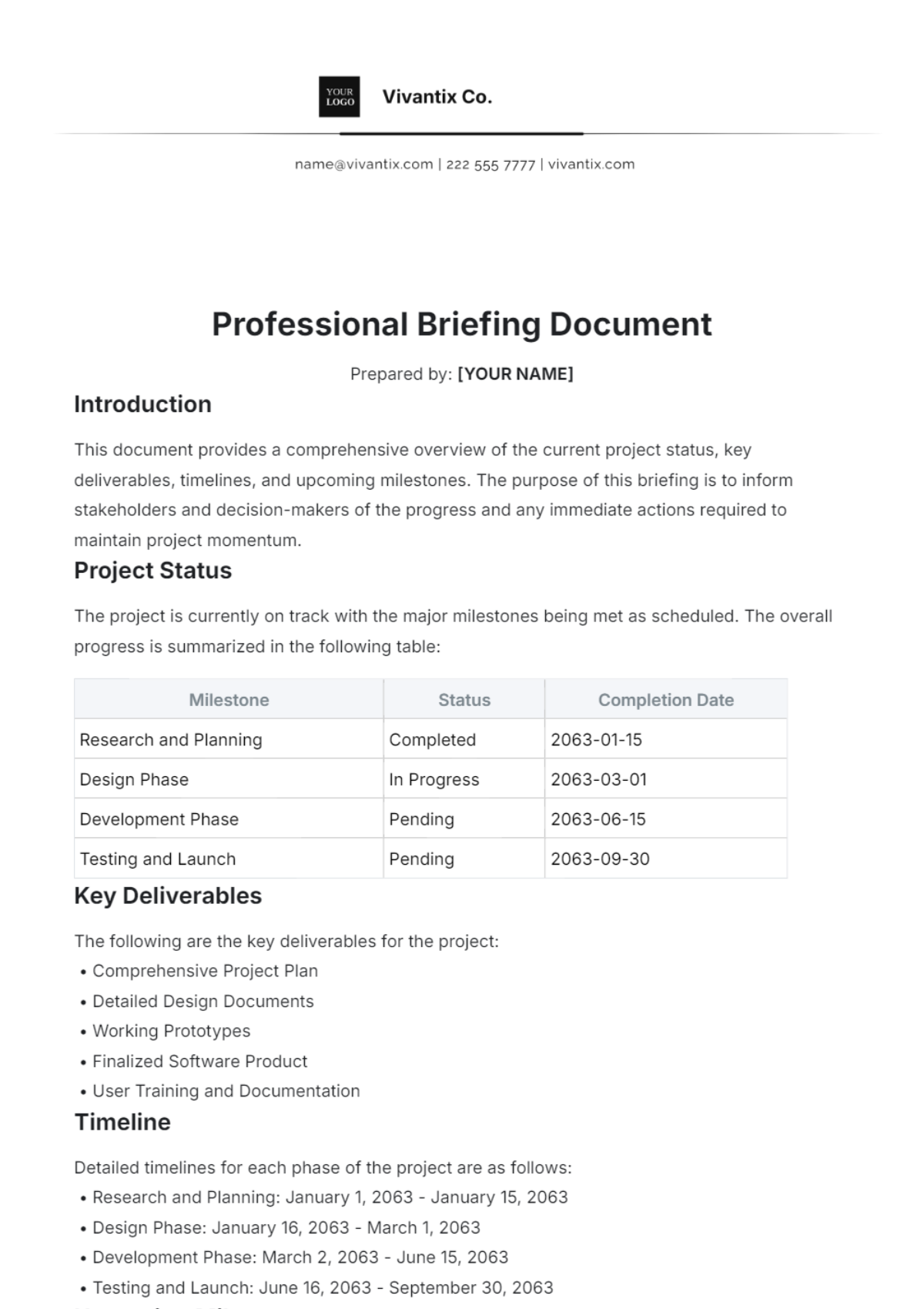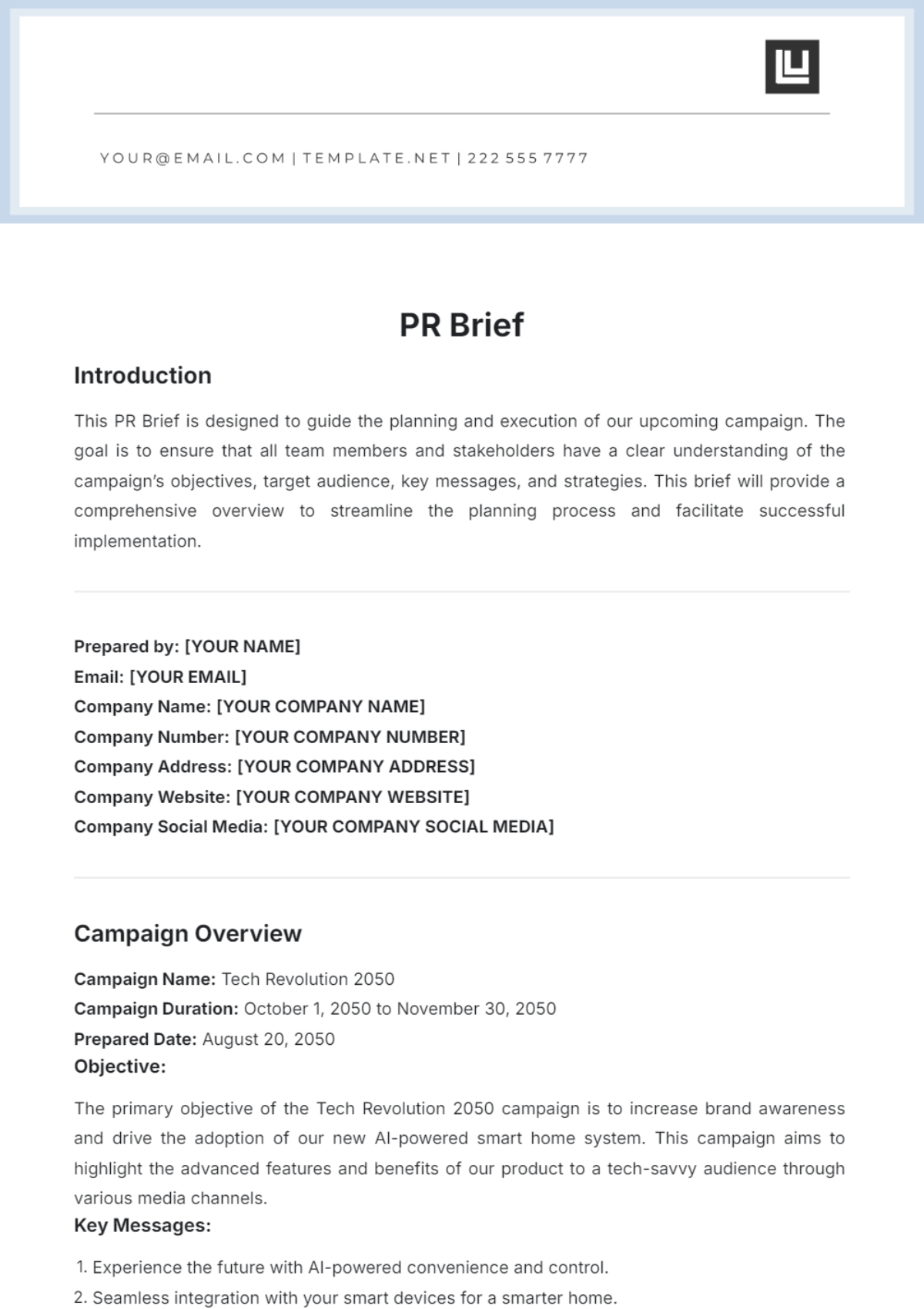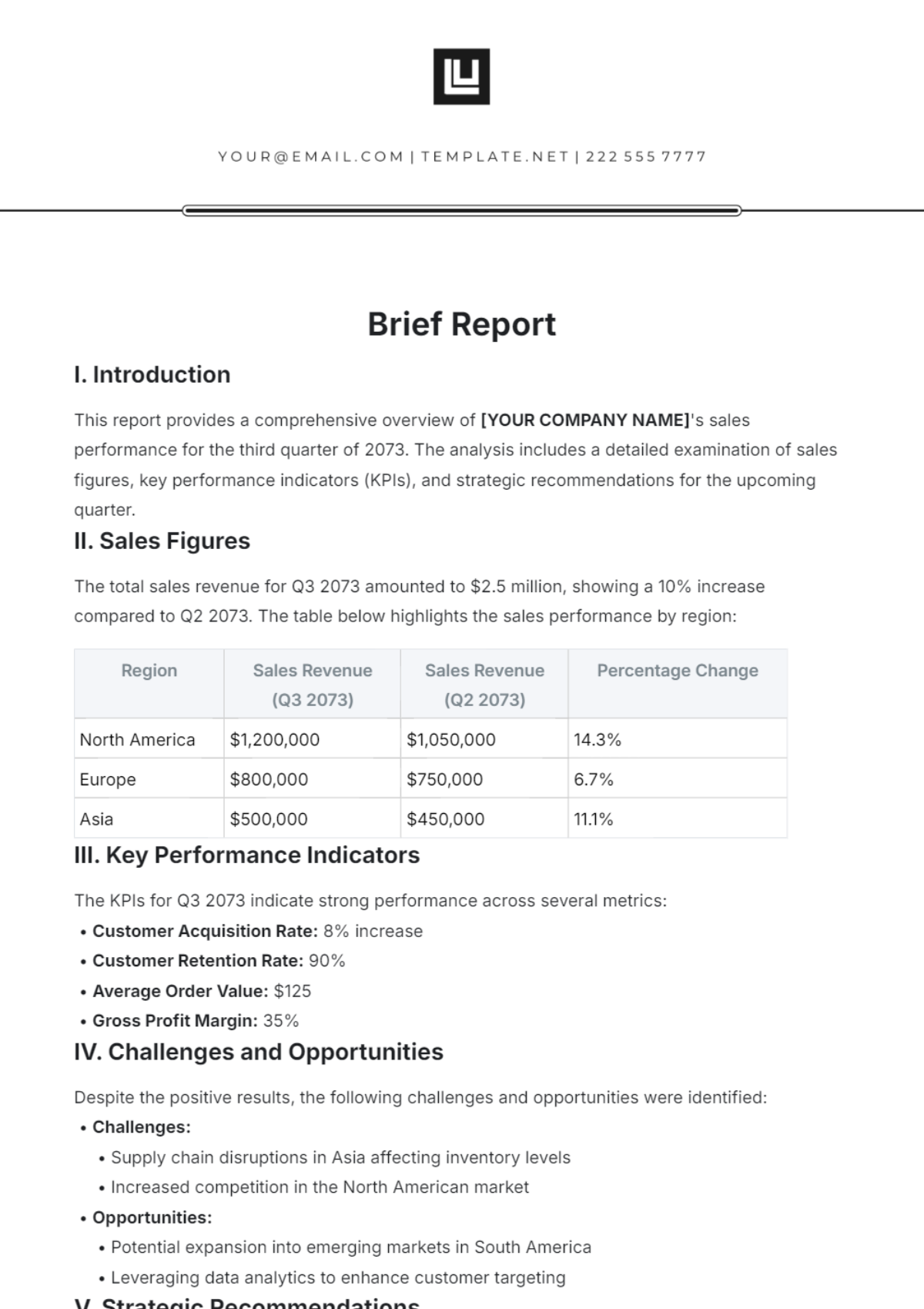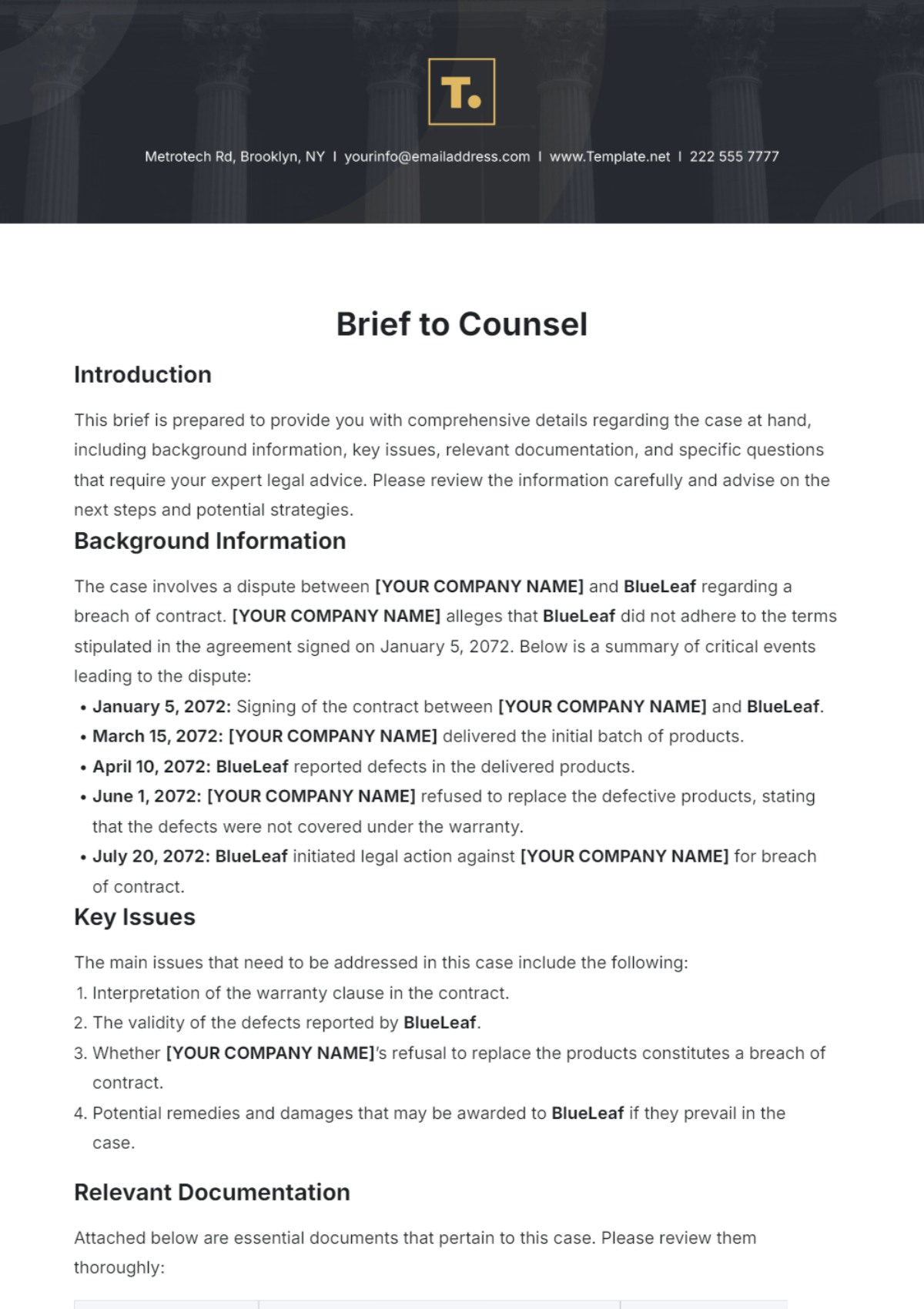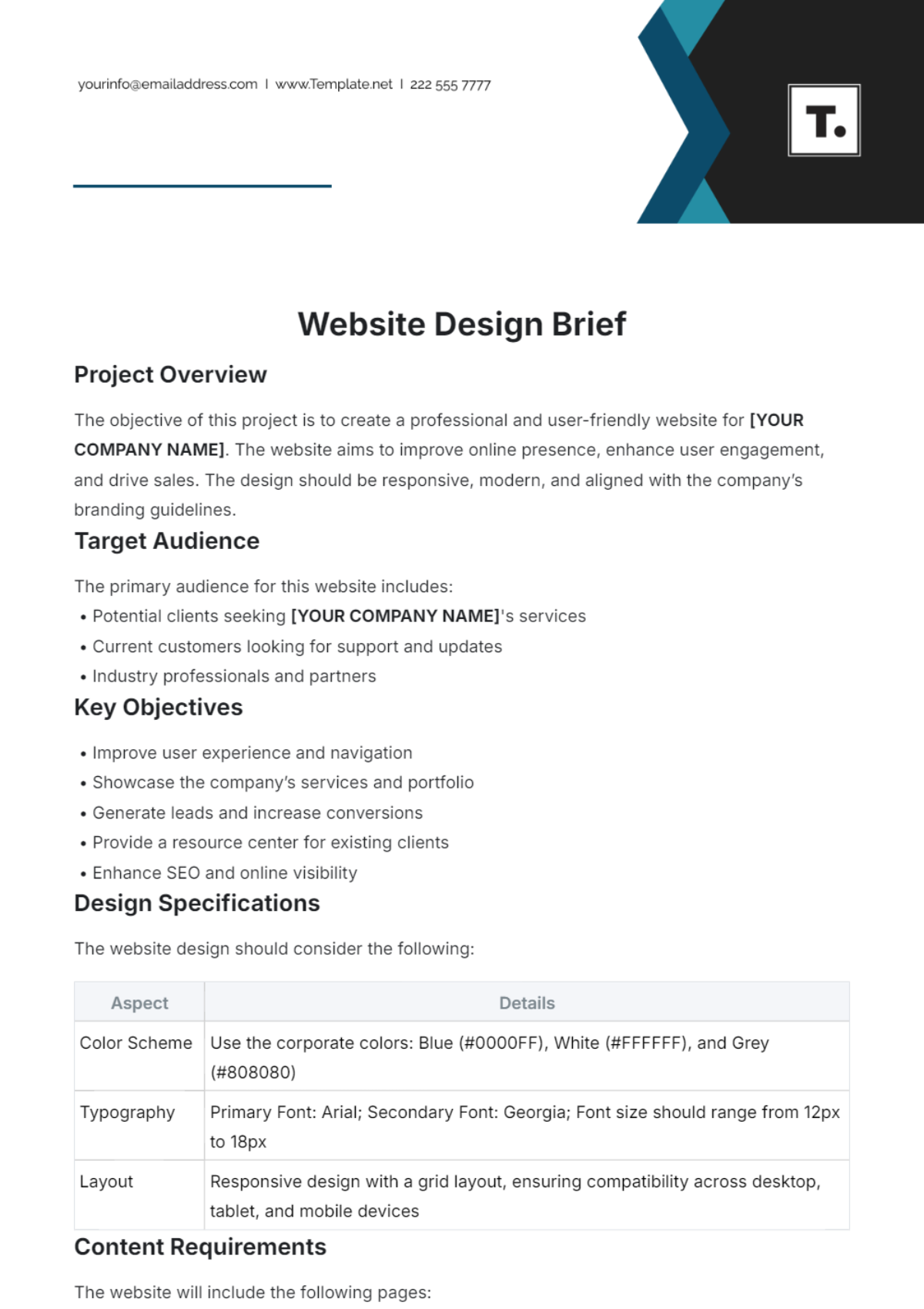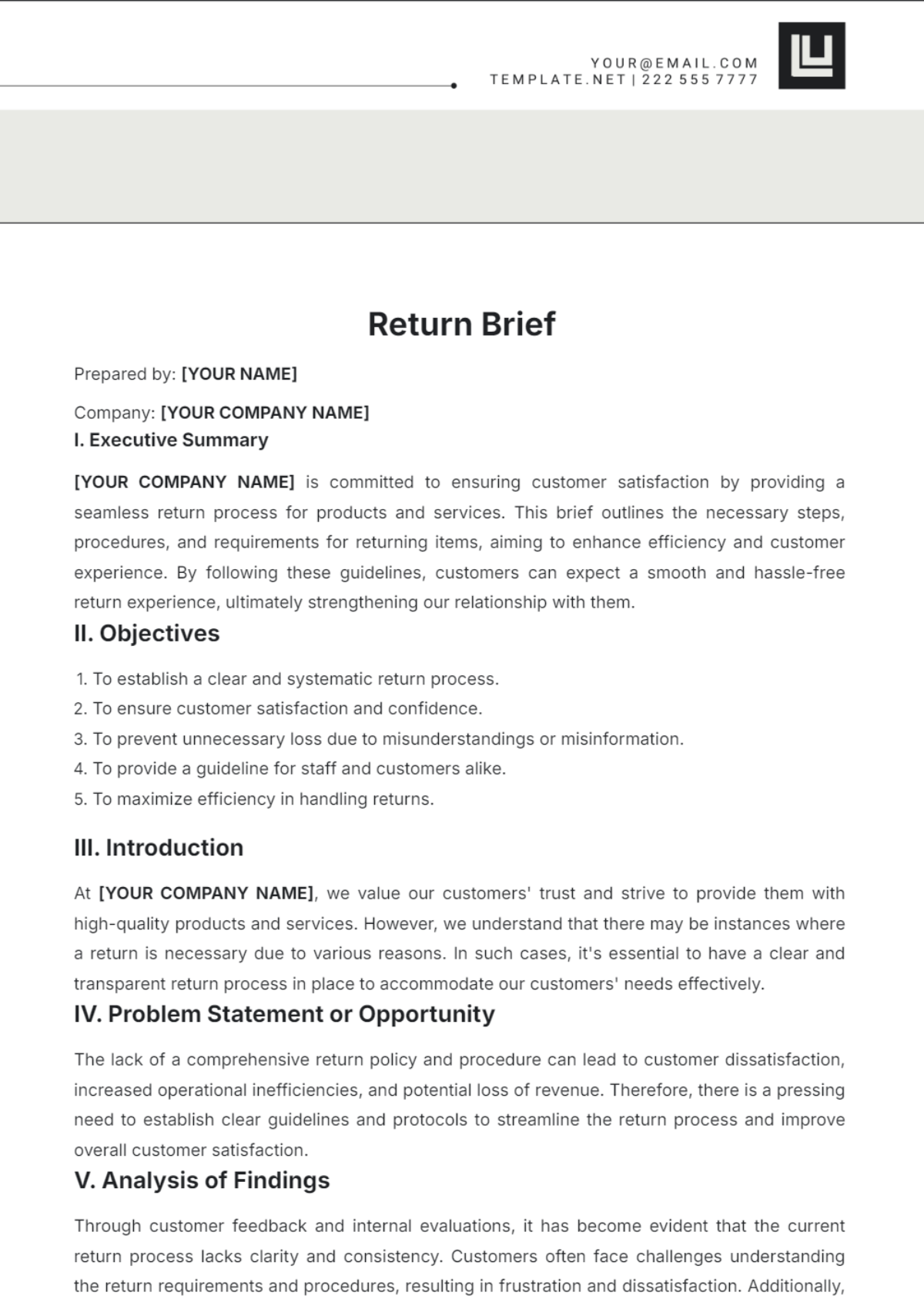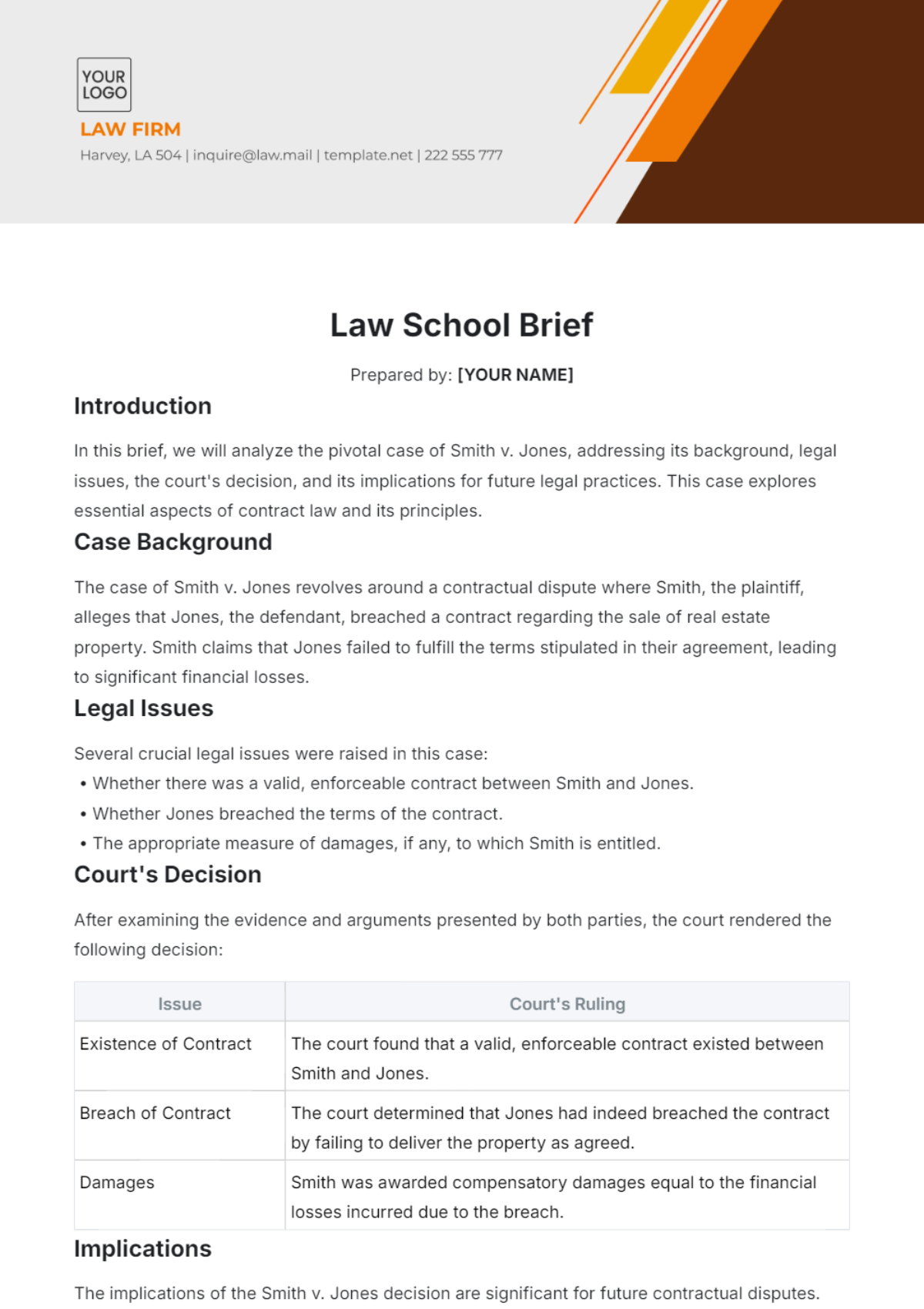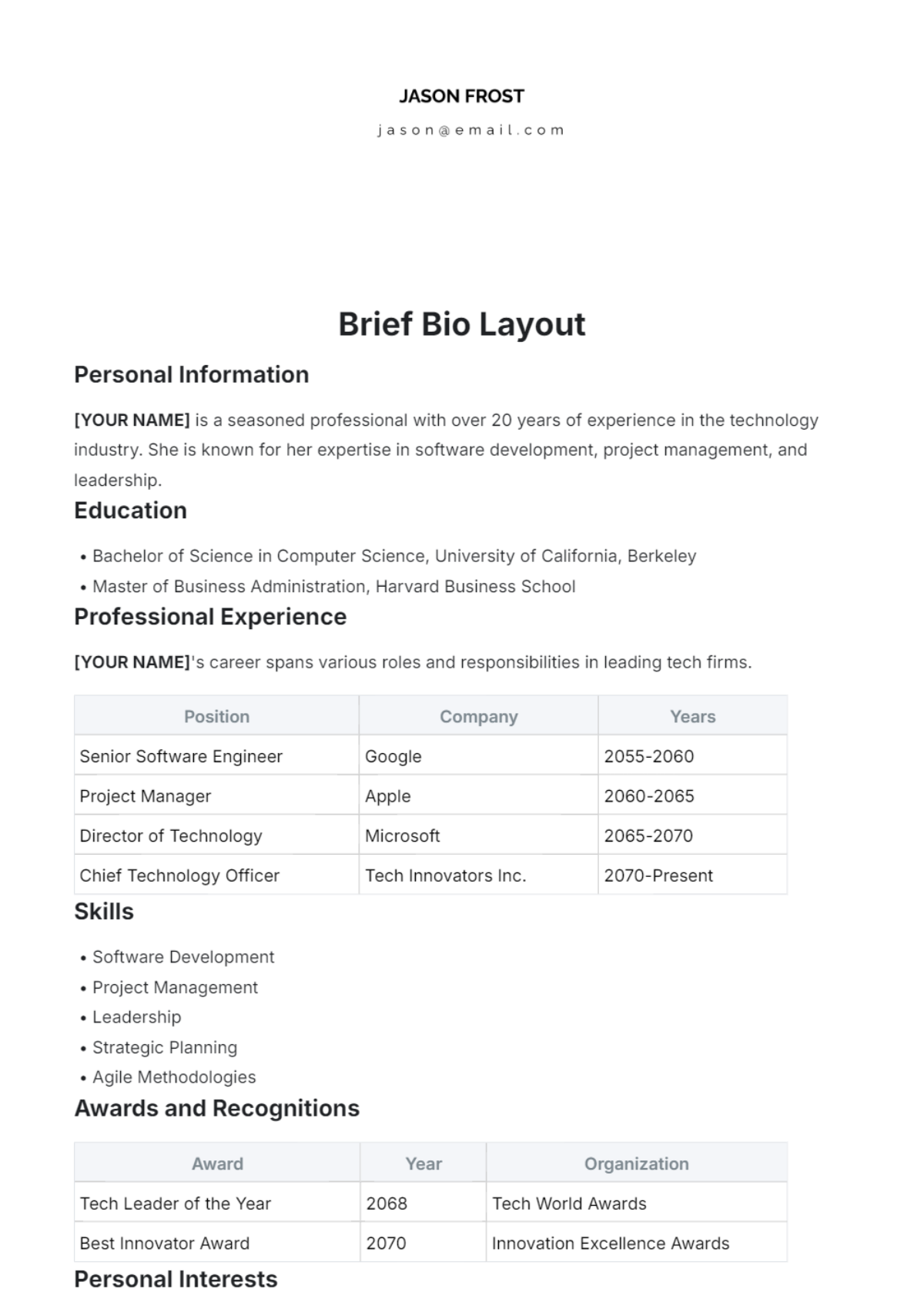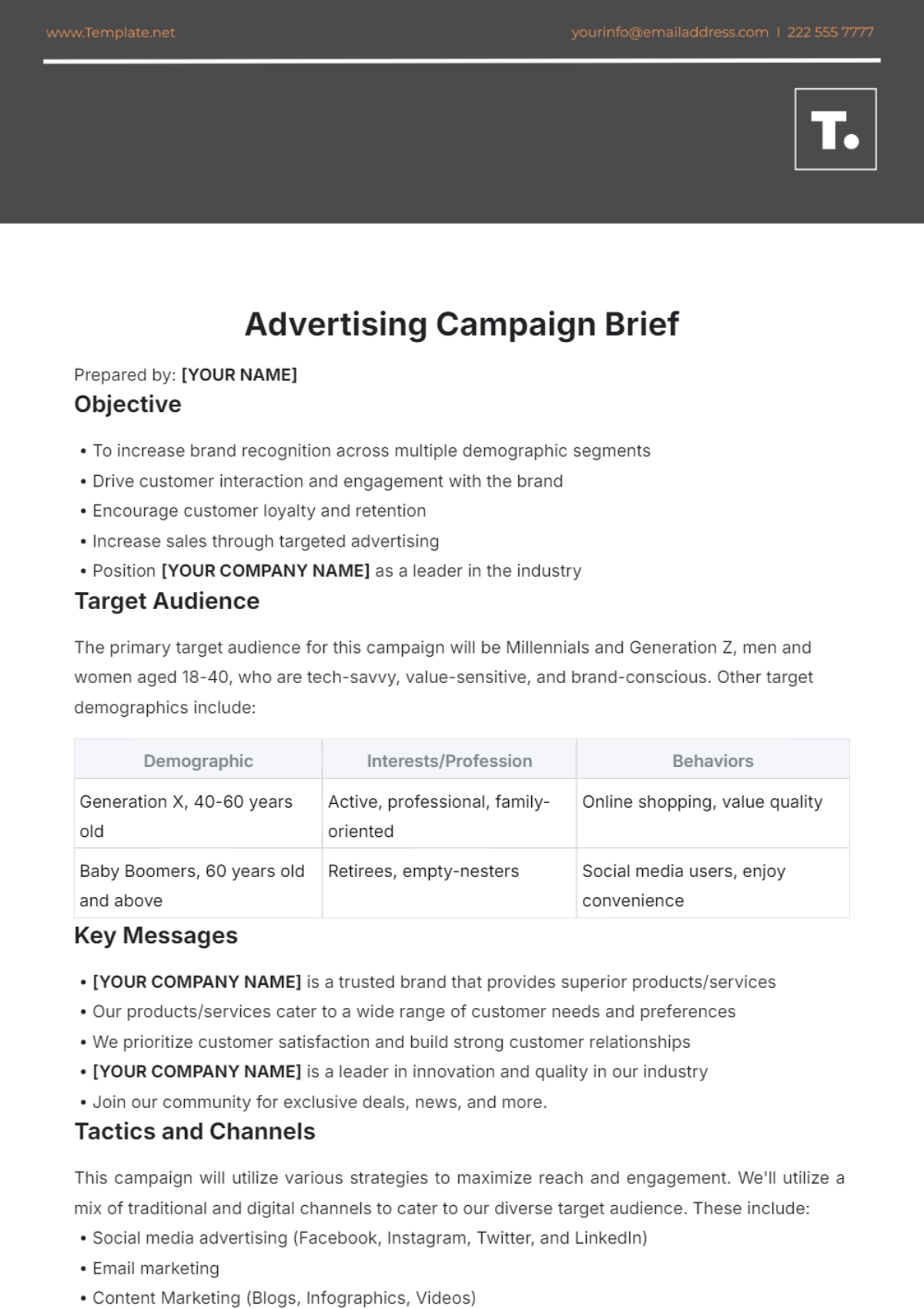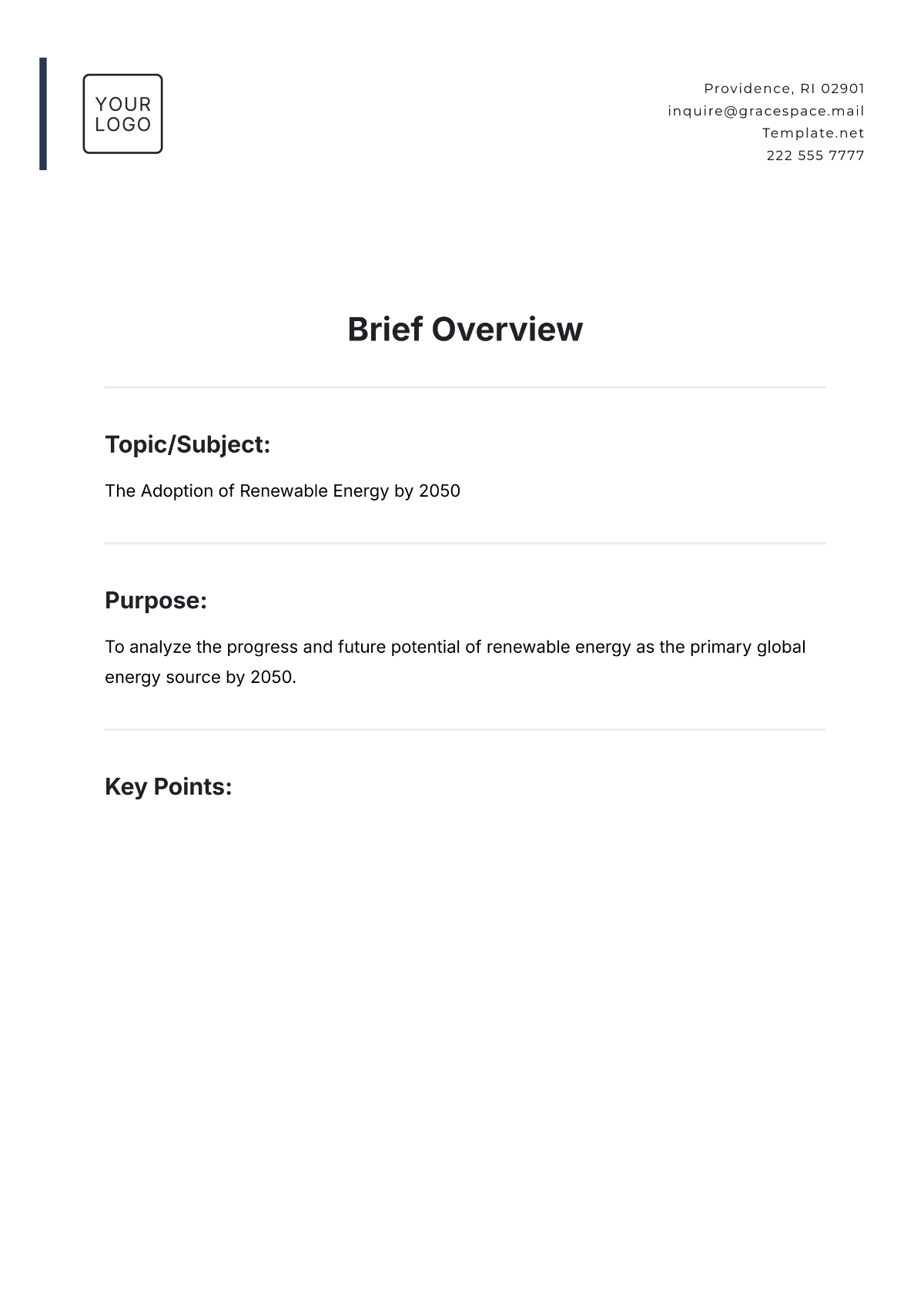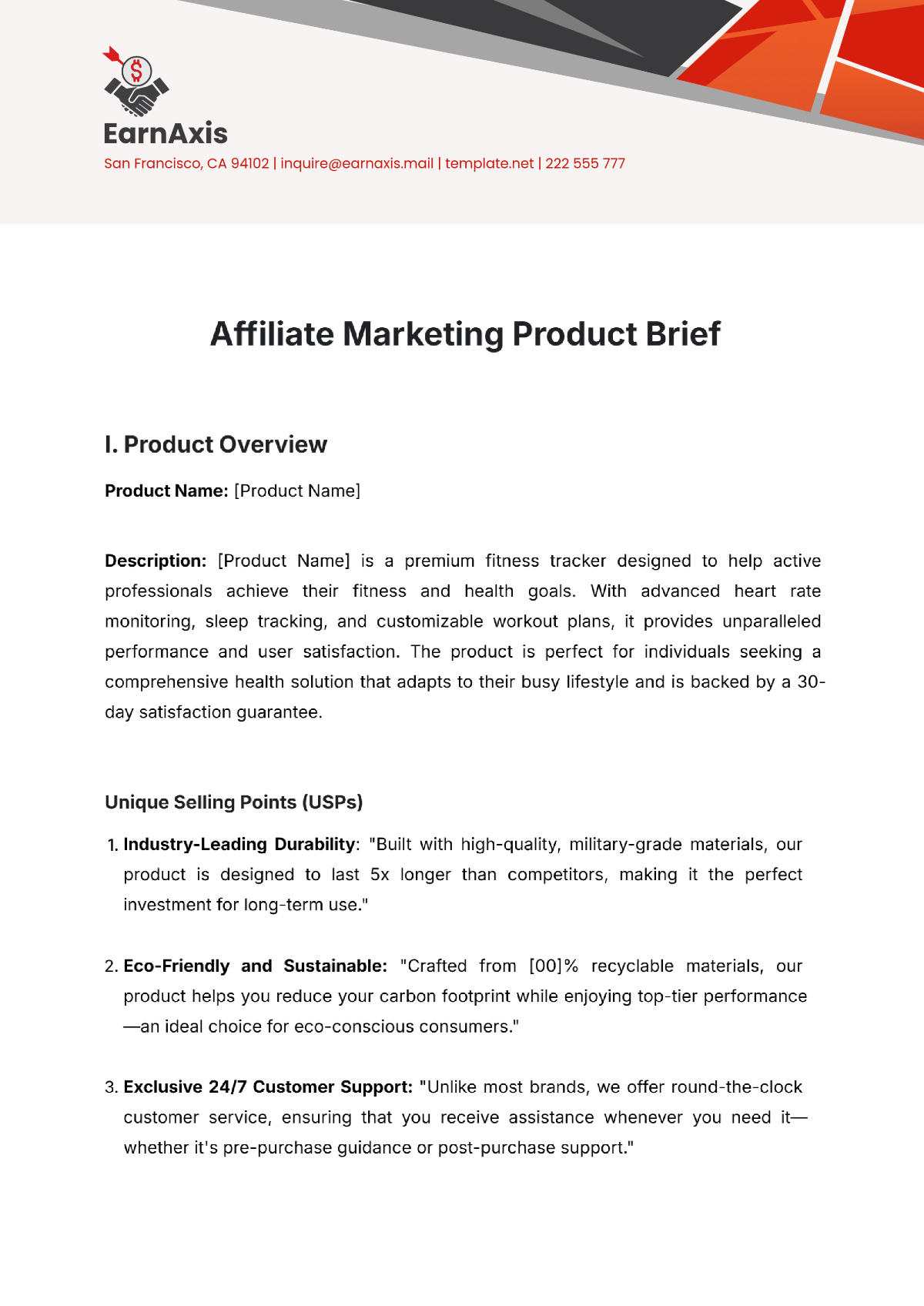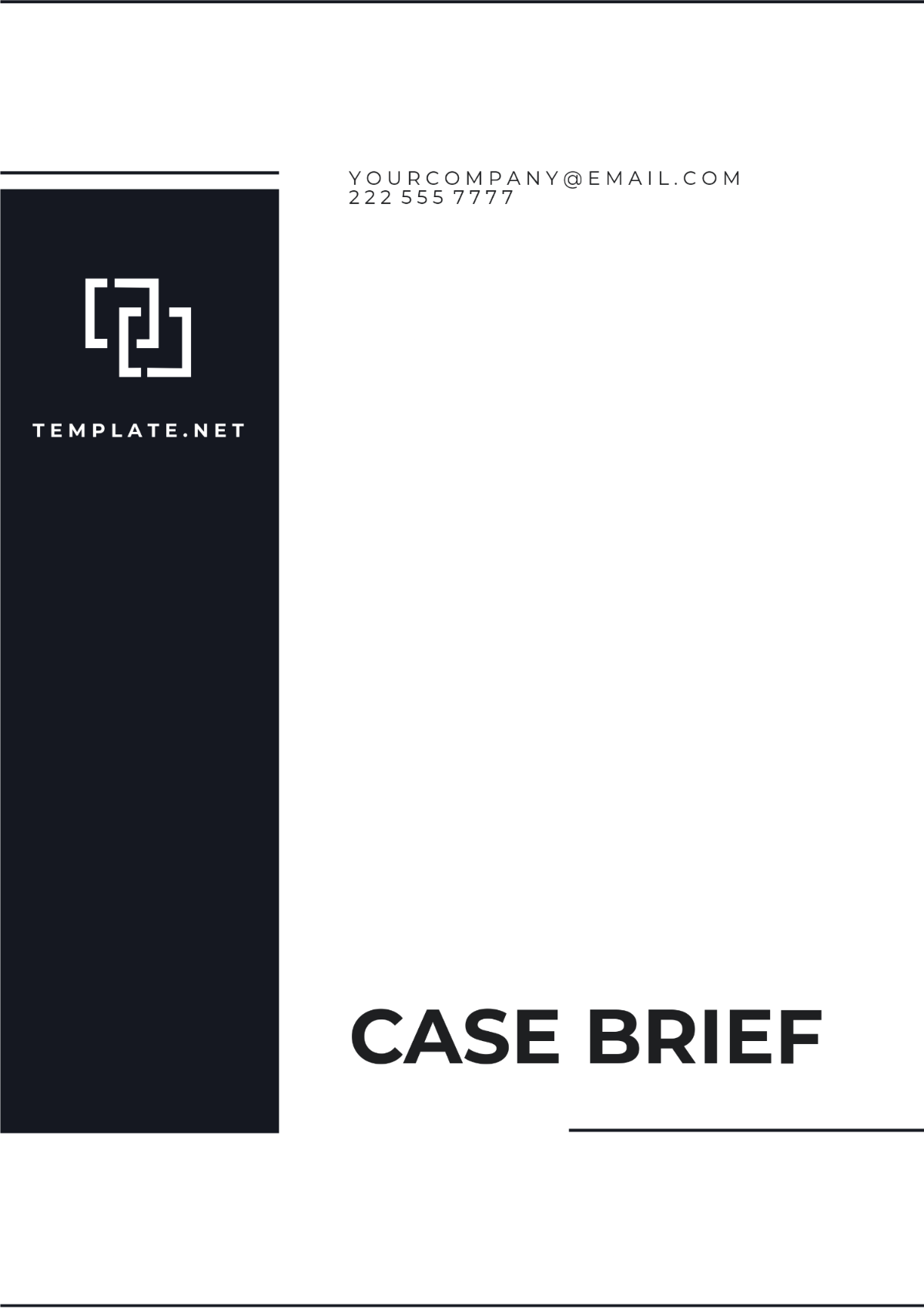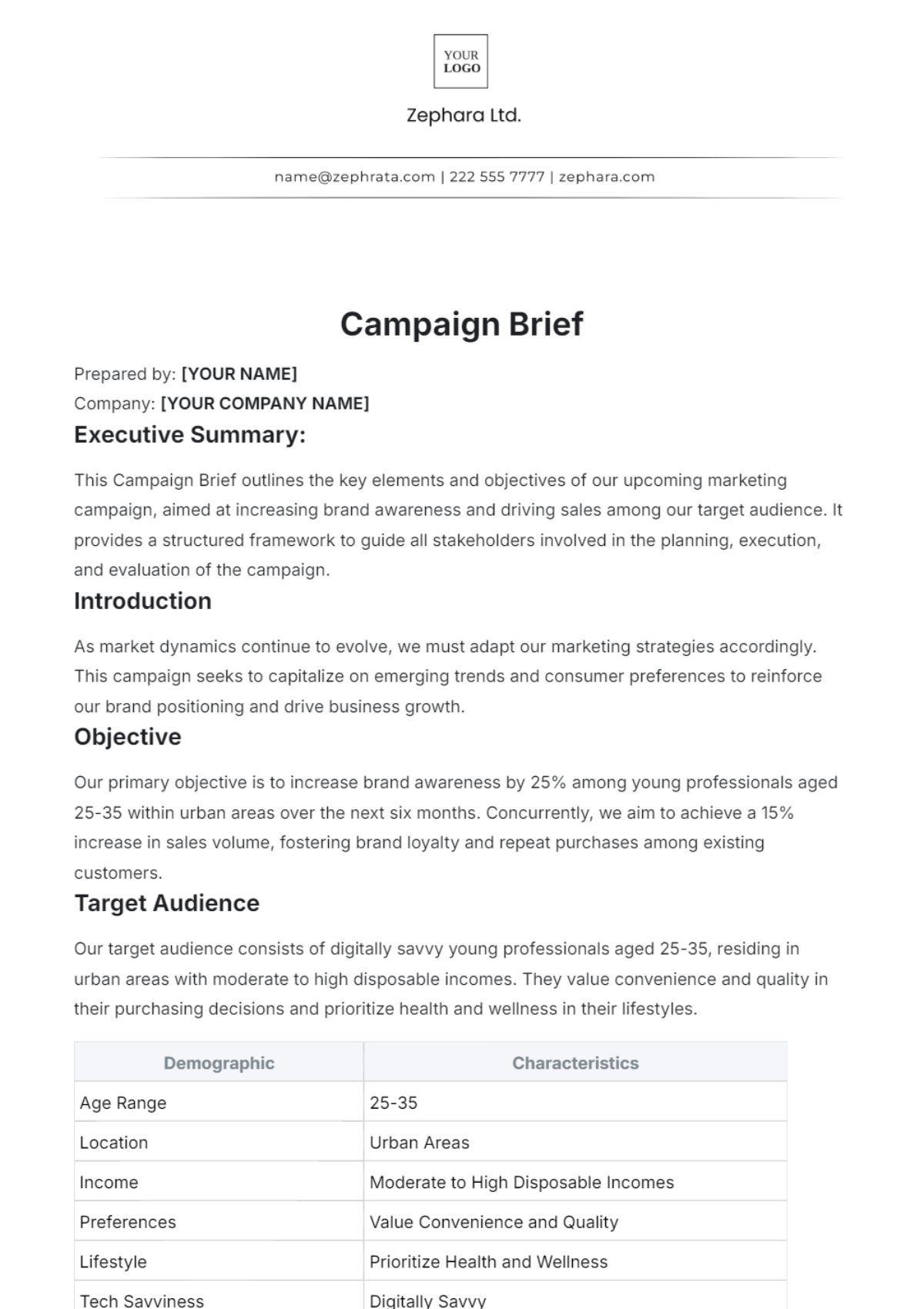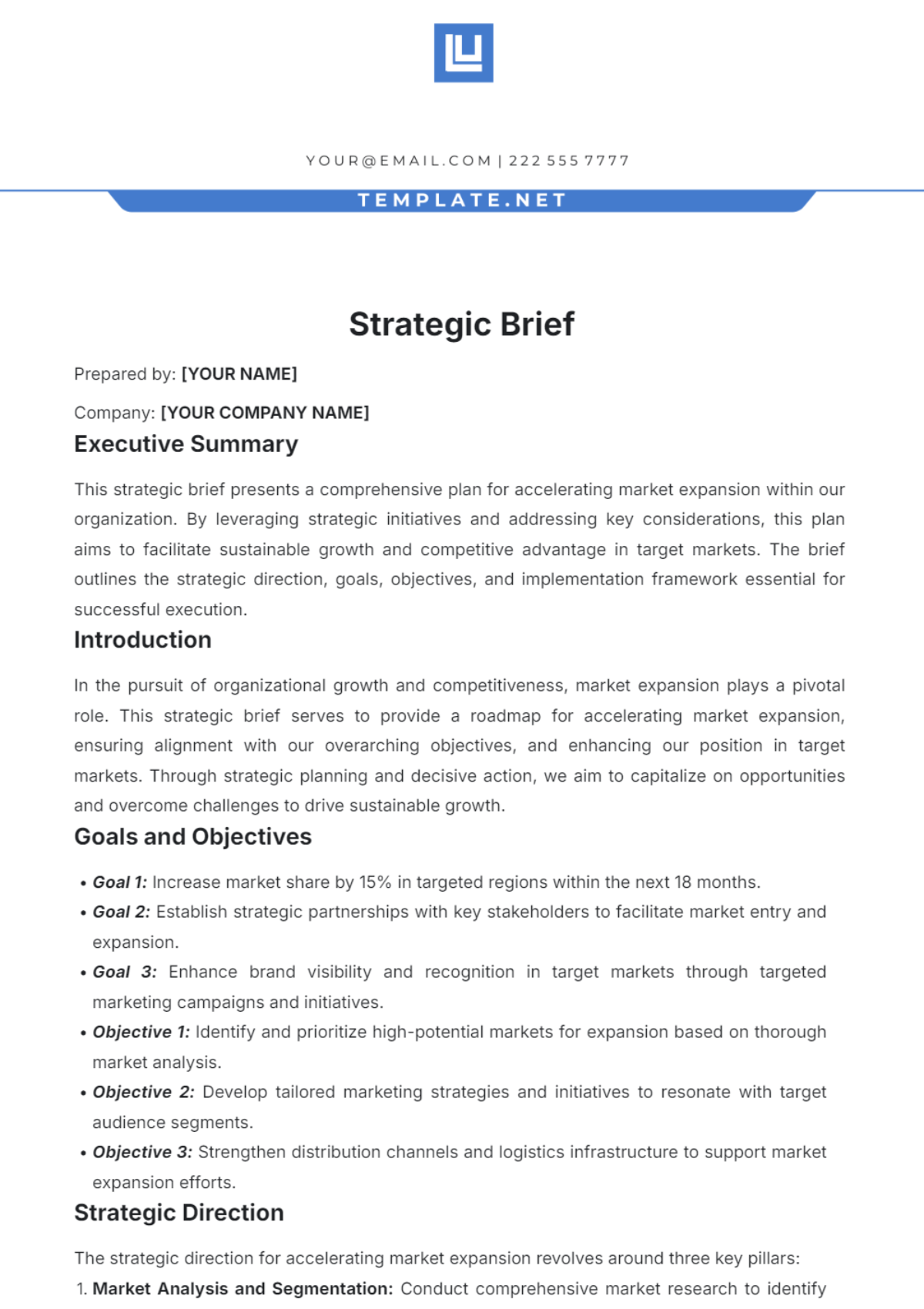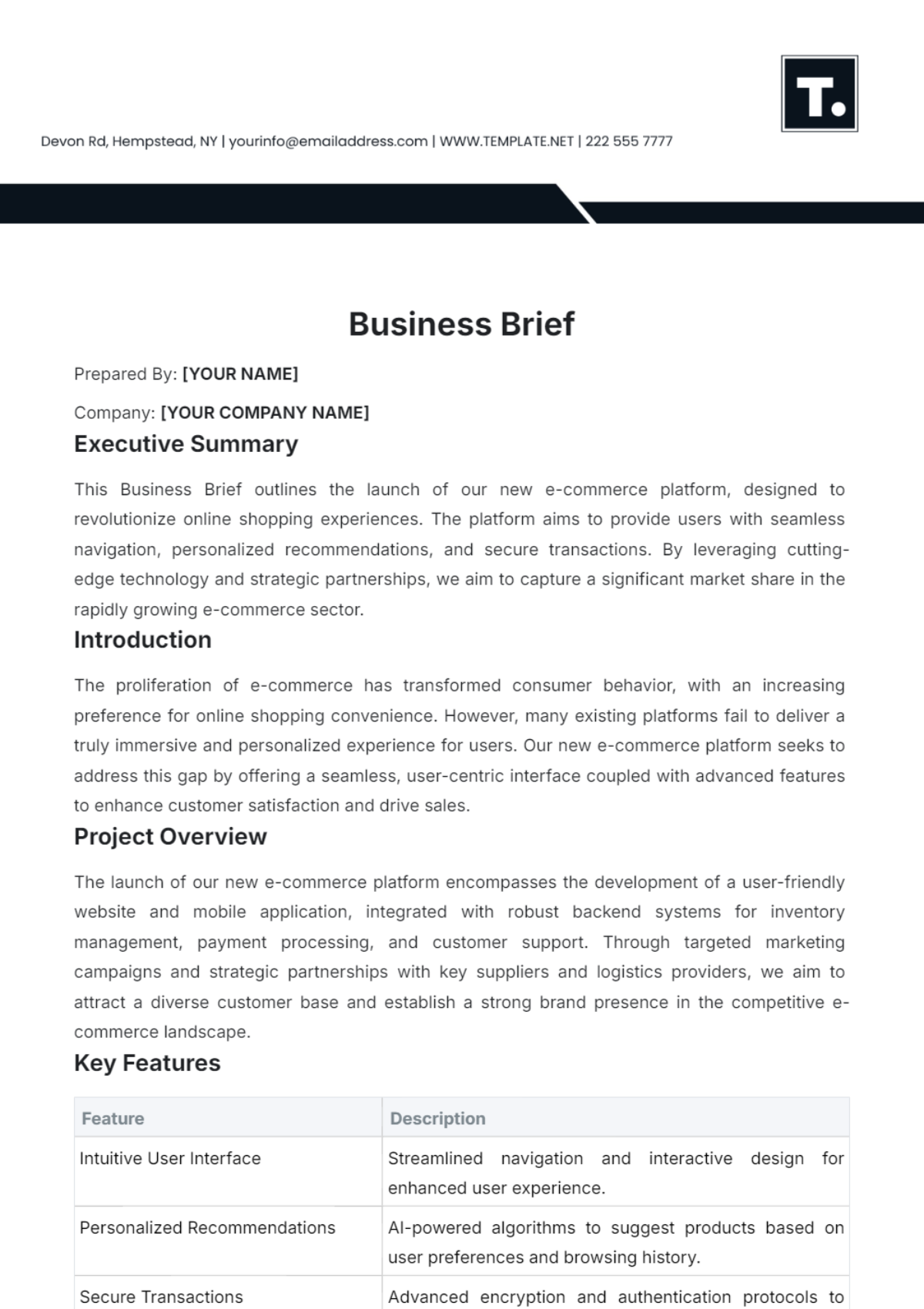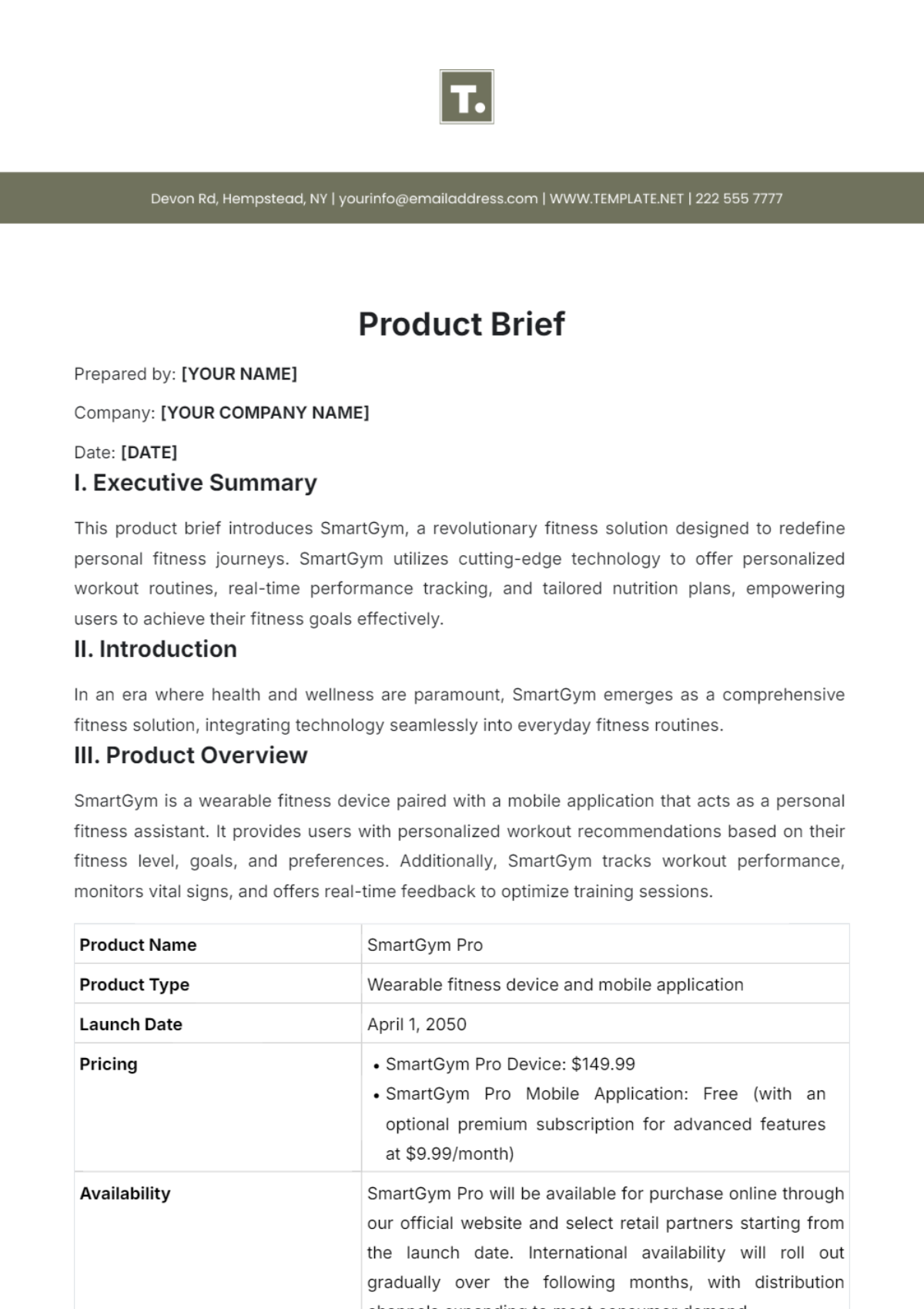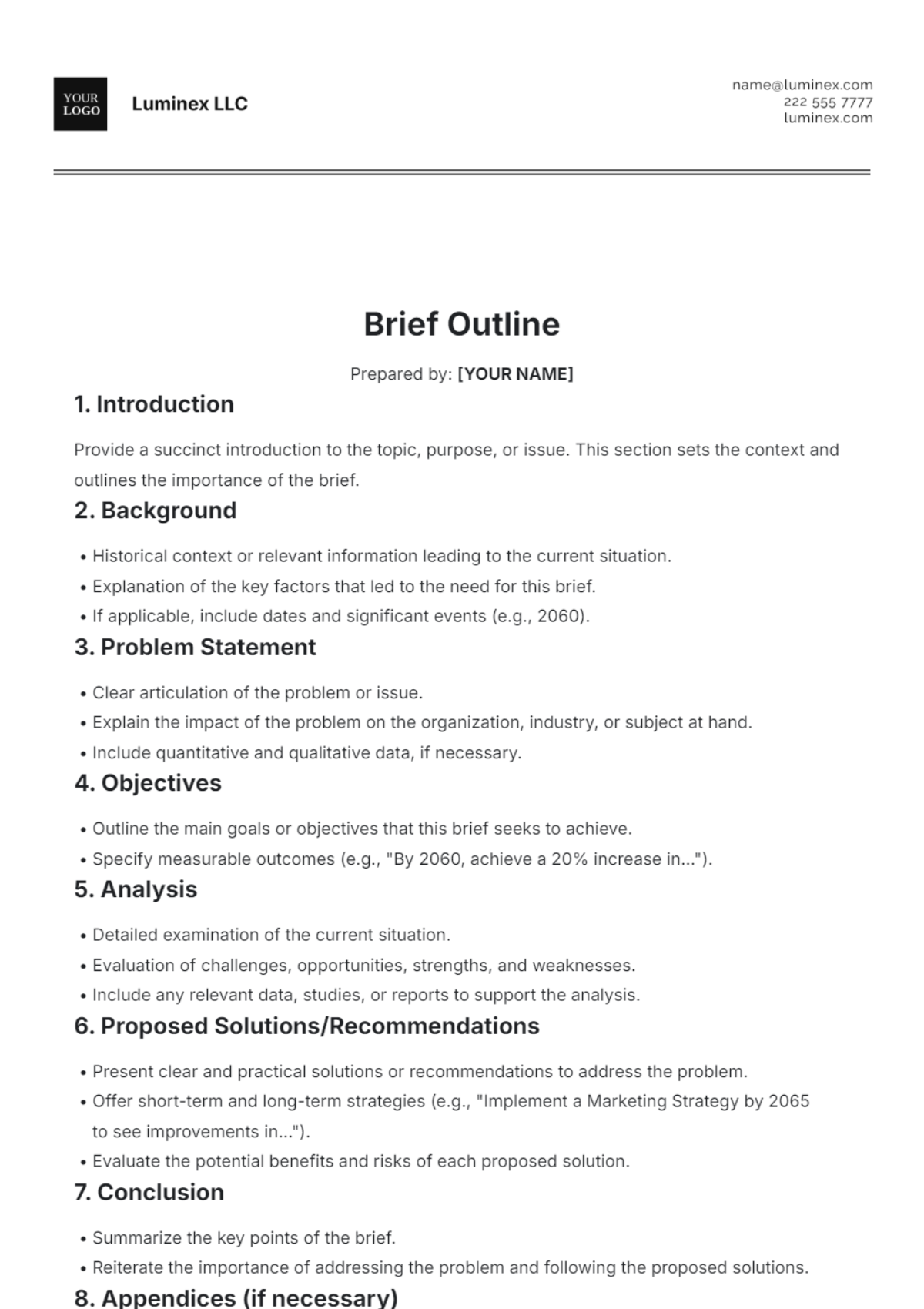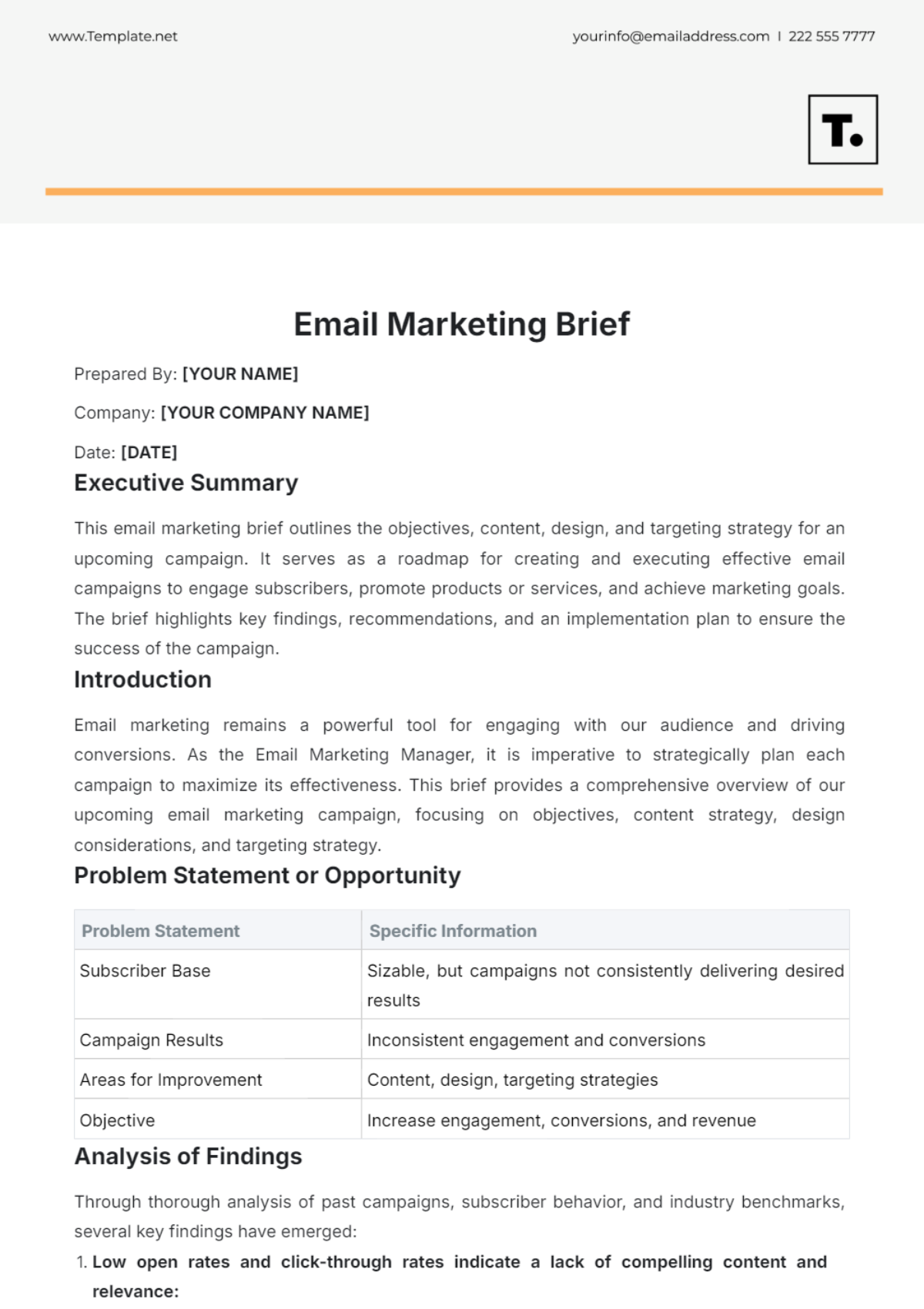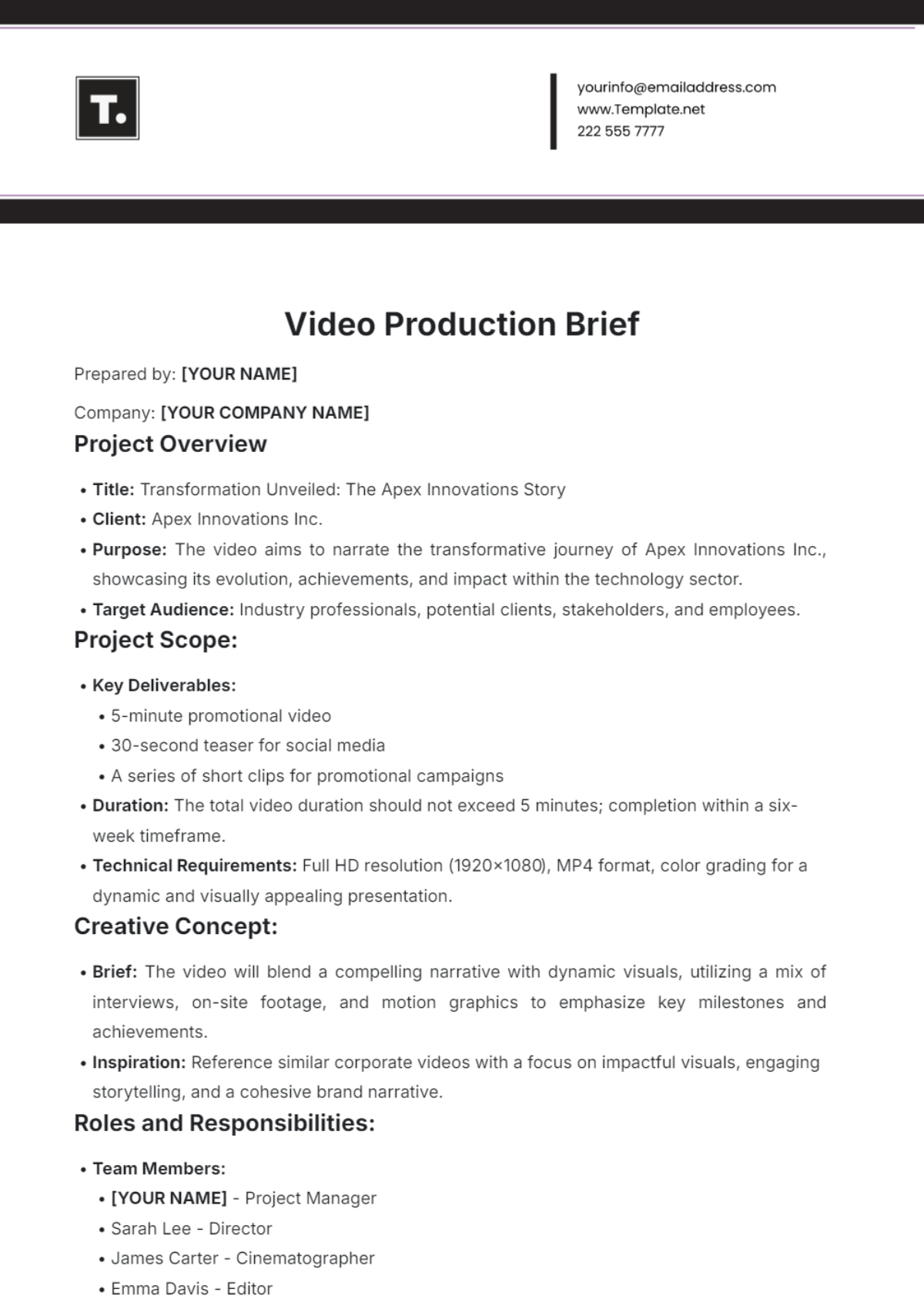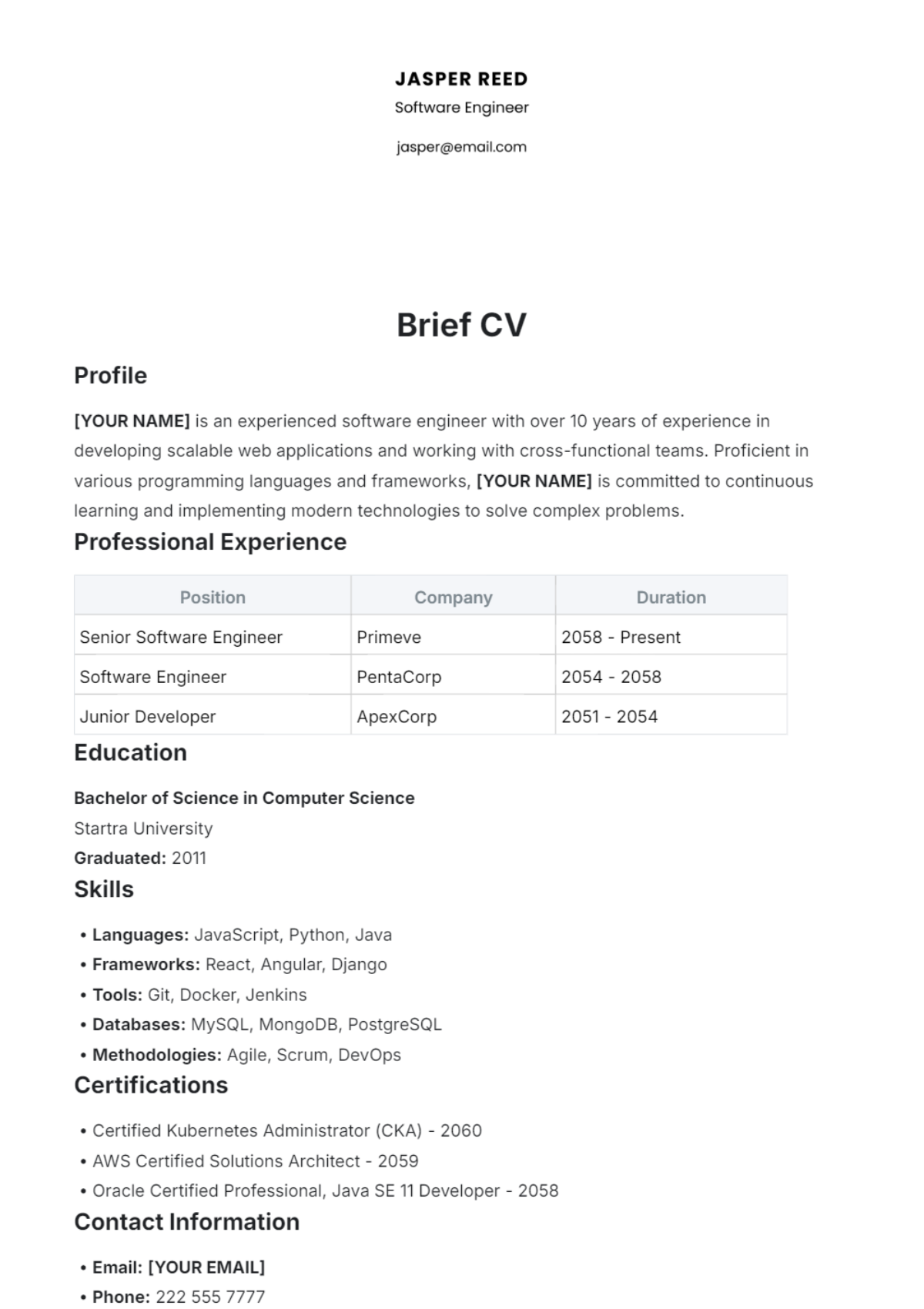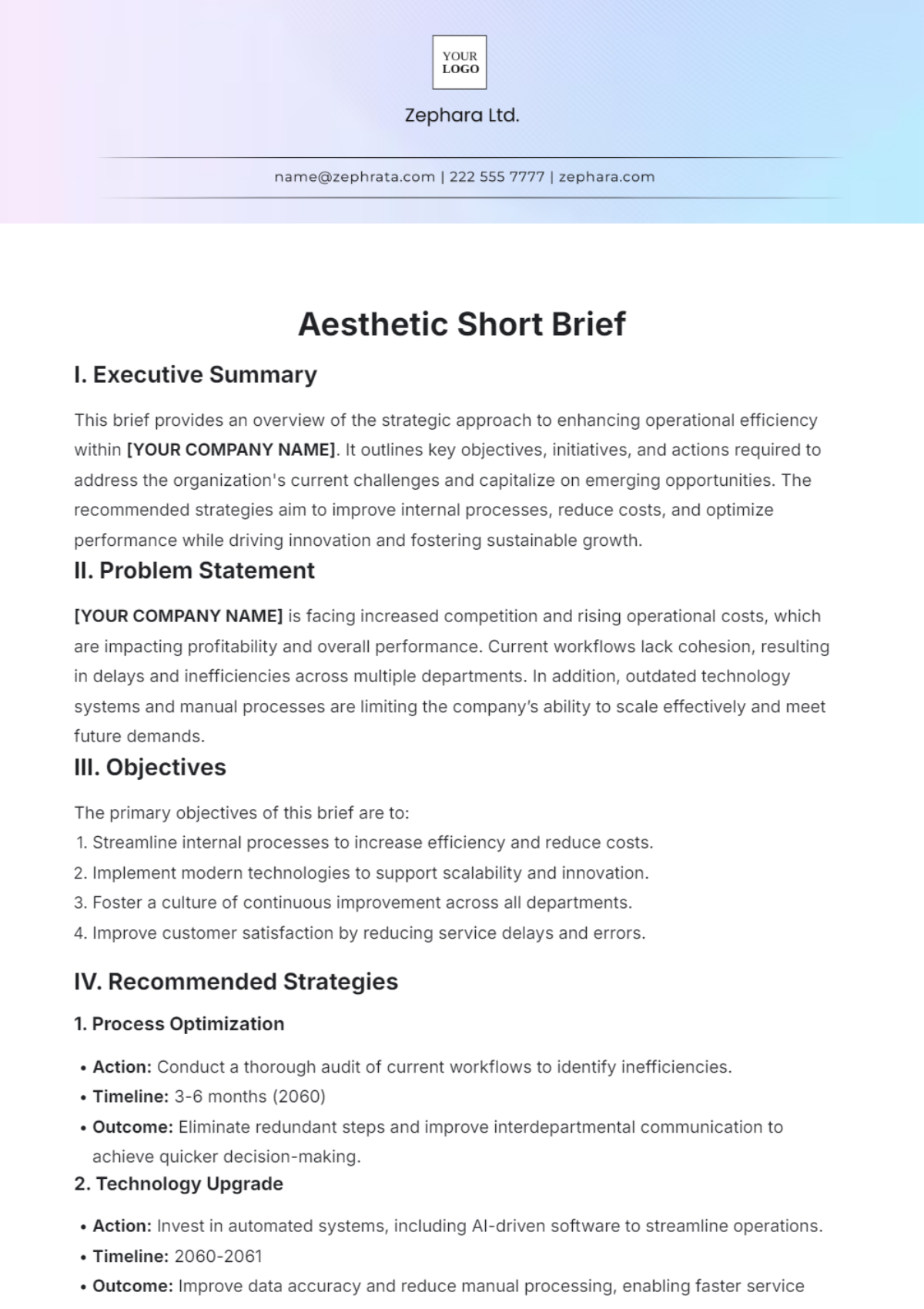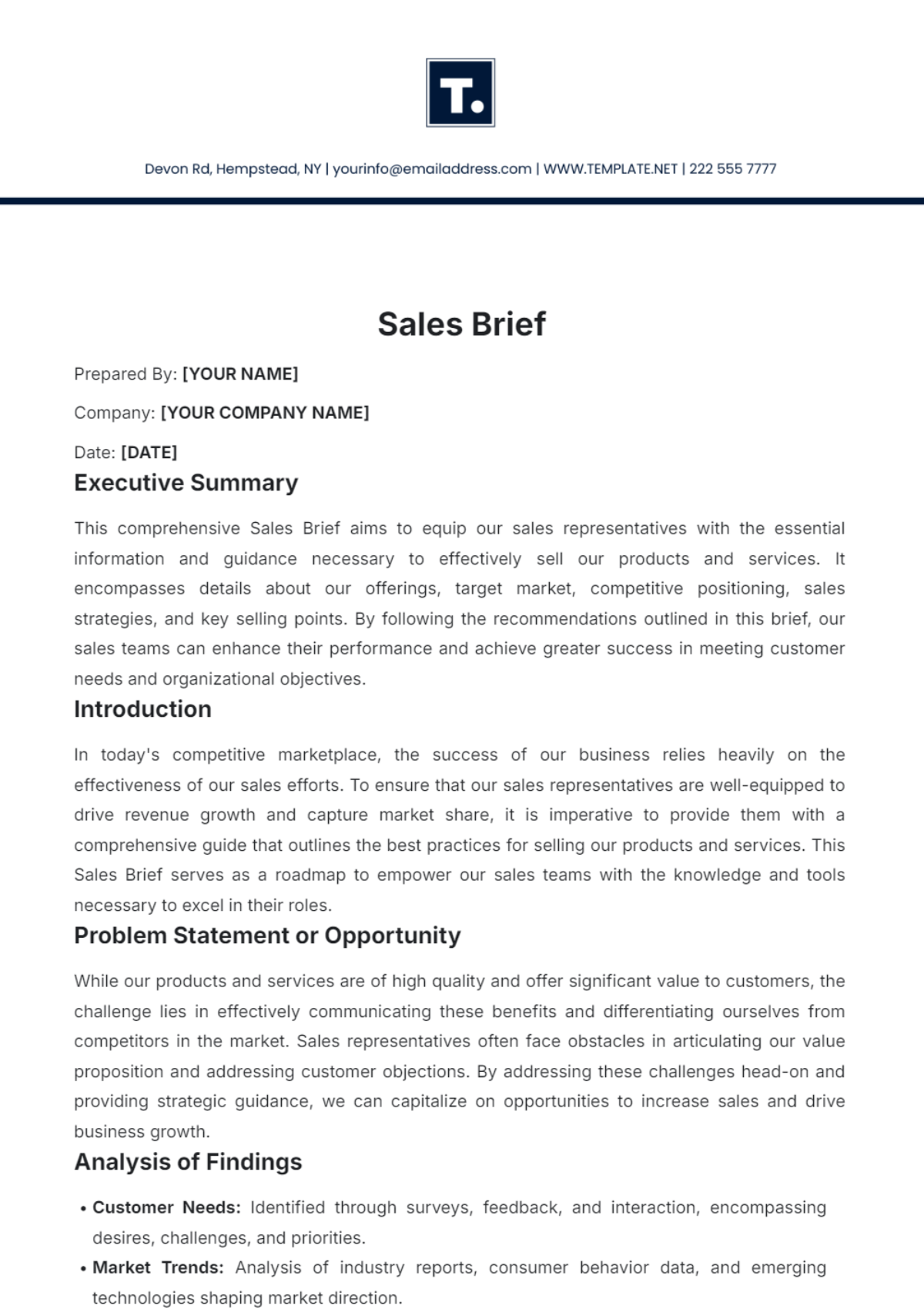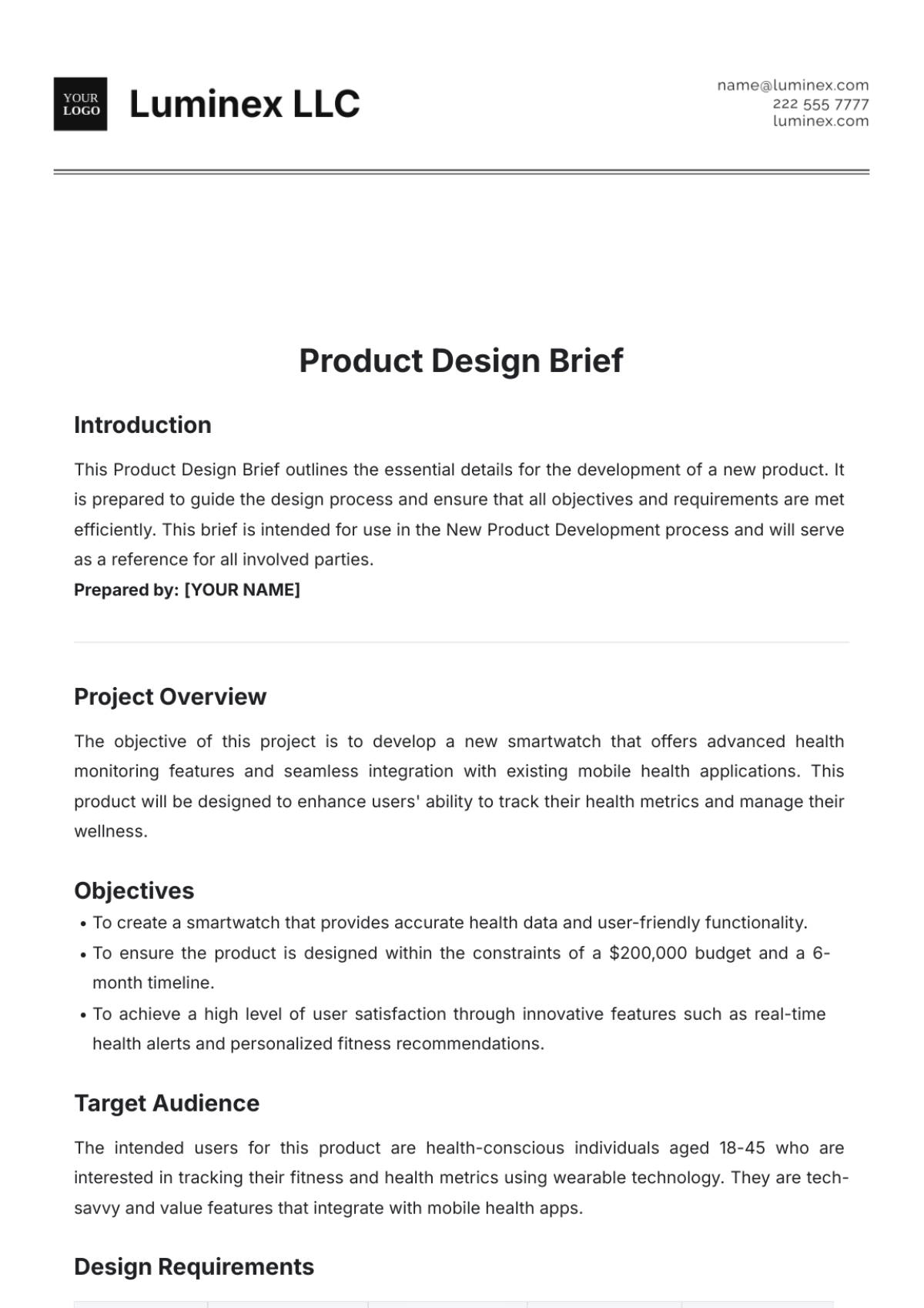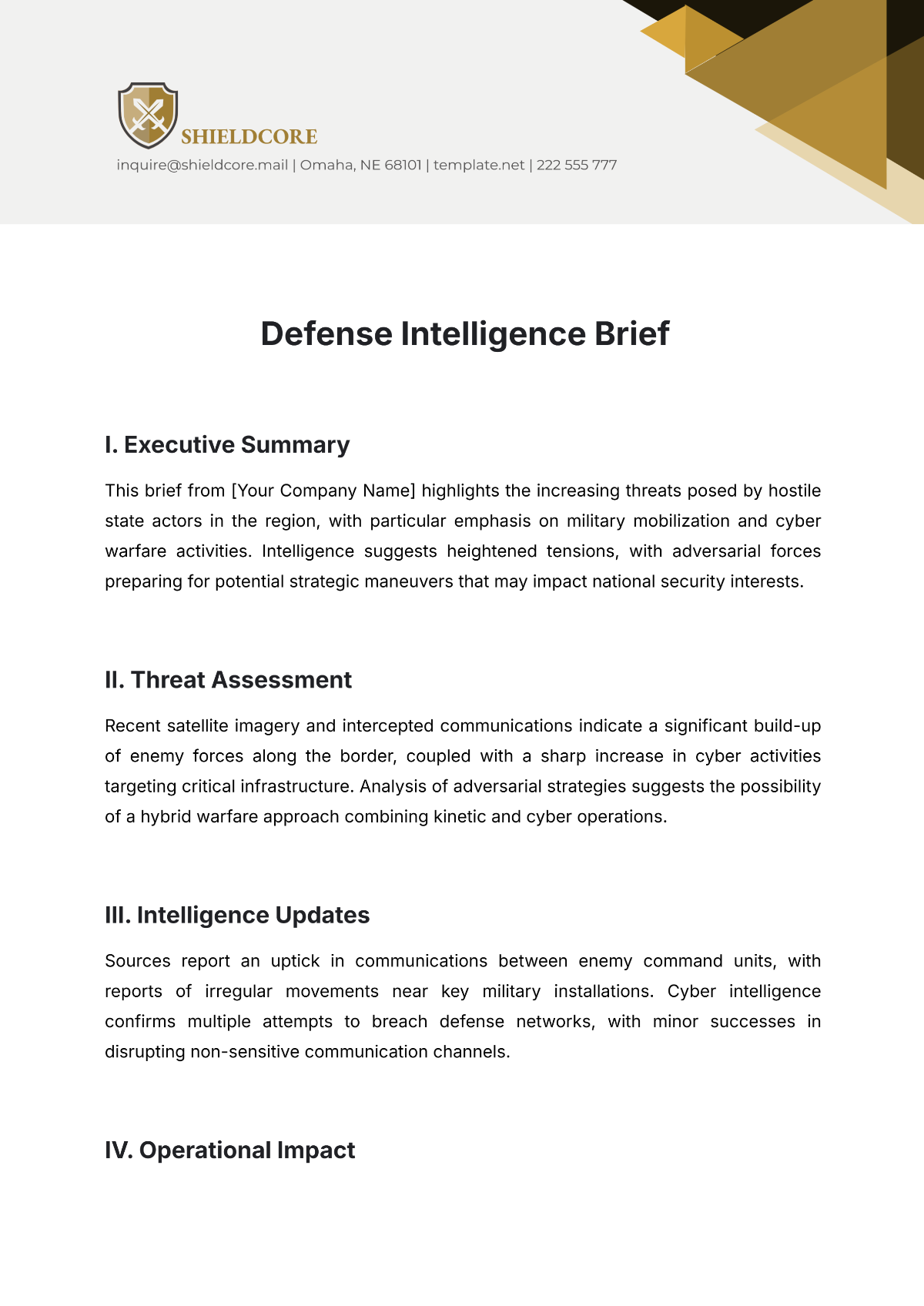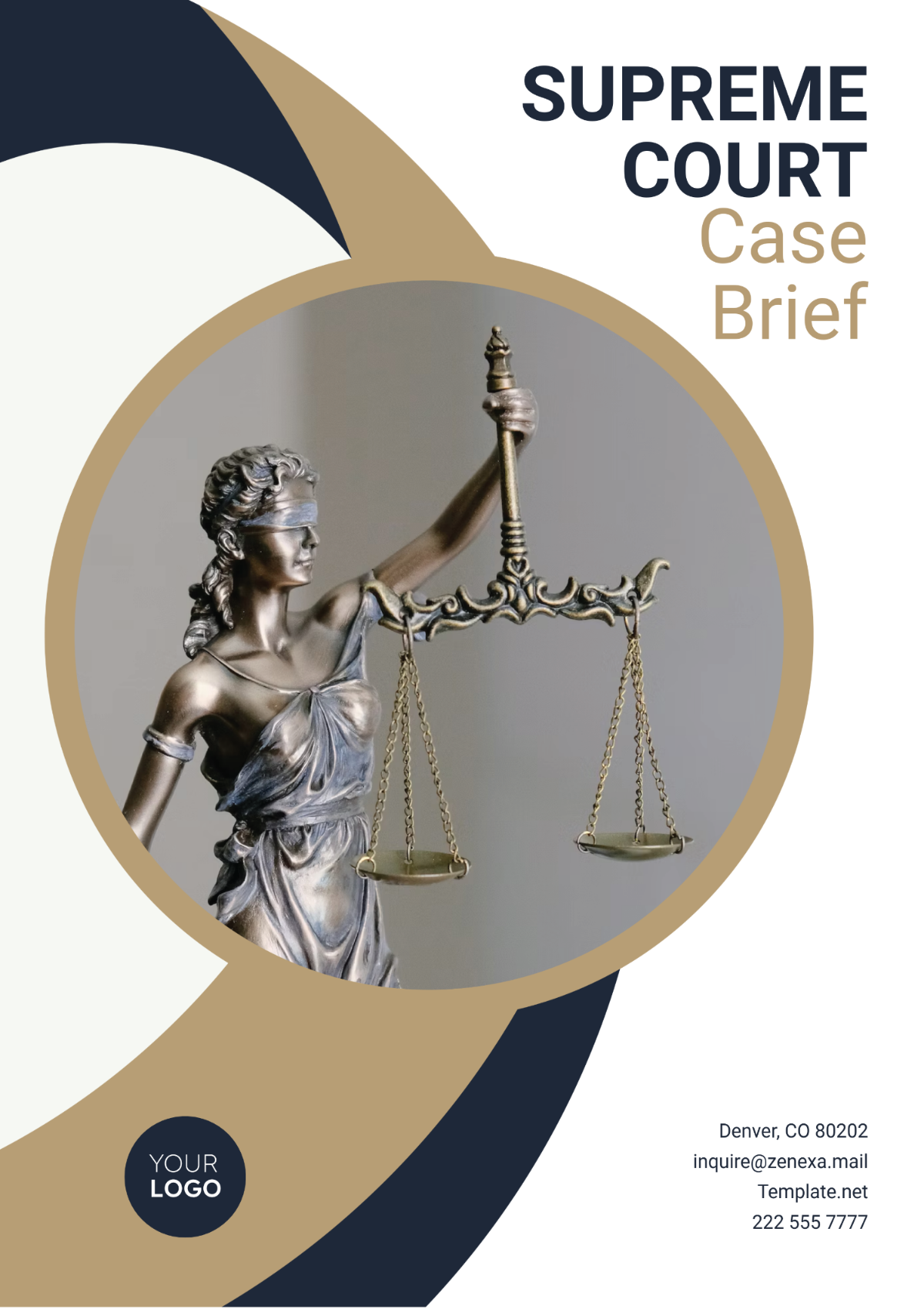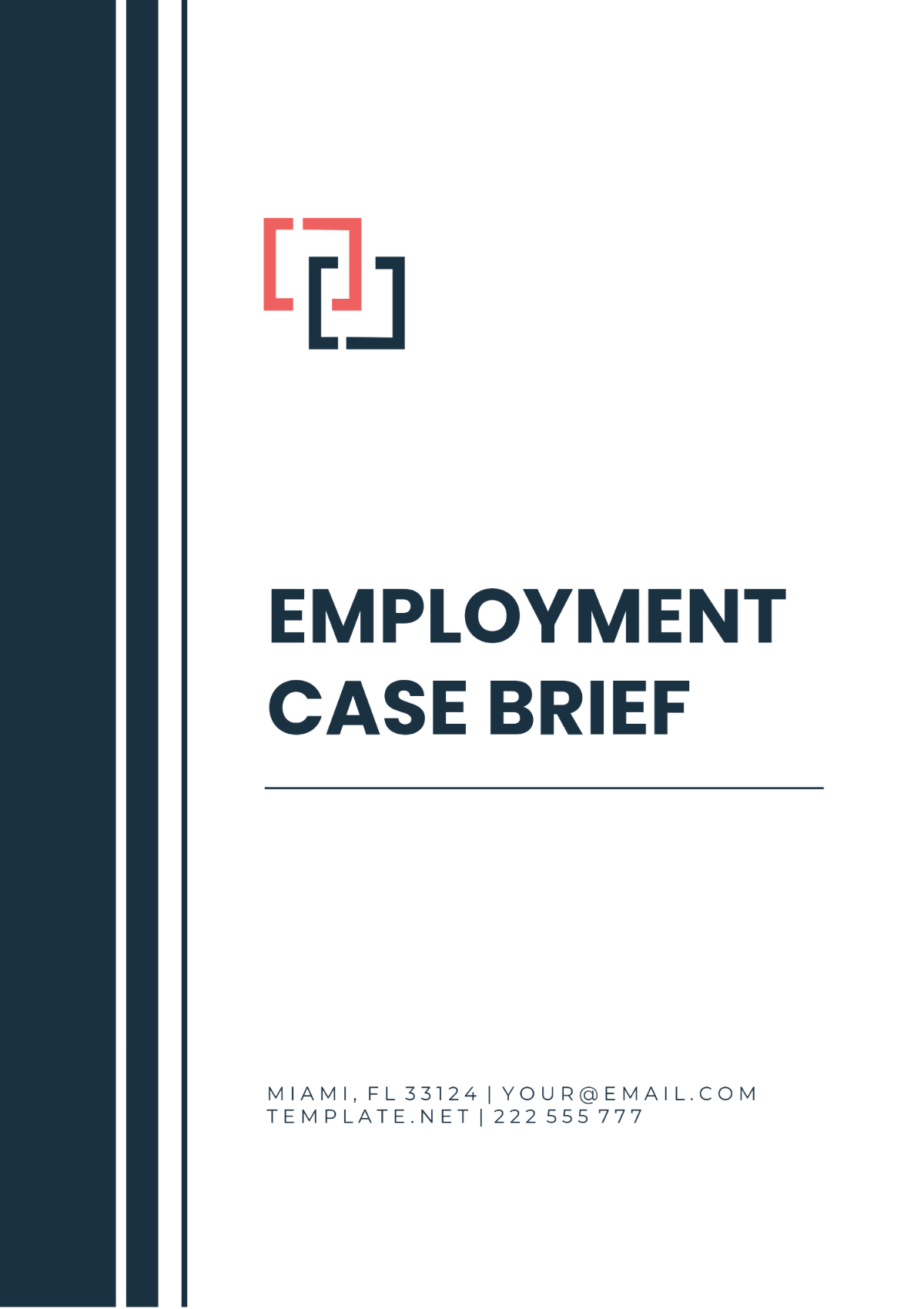Doctrinal Class Case Brief
Prepared by: [YOUR NAME]
School: [LAW SCHOOL NAME]
I. Case Name
Palsgraf v. Long Island Railroad Co.
II. Citation
248 N.Y. 339 (1928)
III. Facts
Helen Palsgraf was standing on a railroad platform when two men attempted to board a moving train owned by the Long Island Railroad Co. The men, who were carrying a package, were assisted by a guard employed by the railroad. As they attempted to board, the package fell and exploded, causing scales at the other end of the platform to fall on Palsgraf, injuring her.
IV. Issue
Whether the Long Island Railroad Co. owed a duty of care to Palsgraf and whether their actions were the proximate cause of her injuries.
V. Holding
The court held that the Long Island Railroad Co. did not owe a duty of care to Palsgraf, as there was no foreseeable risk of harm to her under the circumstances. Therefore, they were not liable for her injuries.
VI. Reasoning
Judge Cardozo's reasoning delved into the principle of foreseeability in negligence cases. He explained that for liability to arise in negligence, there must be a foreseeable risk of harm to the plaintiff resulting from the defendant's actions.
In this case, the Long Island Railroad Co. employees' actions were directed towards assisting the passengers, and there was no way they could have anticipated that the package carried by the passengers contained explosives. Therefore, since there was no foreseeable risk of harm to Palsgraf, the railroad company could not be held liable for her injuries.
VII. Significance
Palsgraf v. Long Island Railroad Co. is a landmark case in tort law that established the principle of proximate cause based on foreseeability. It clarified that liability in negligence cases hinges on the foreseeability of harm to the plaintiff.
This case has had a significant impact on tort law jurisprudence, influencing how courts determine the scope of duty owed by defendants and the extent of their liability for unforeseeable consequences of their actions. Moreover, it continues to be studied in law schools as a foundational example of legal reasoning and the application of tort principles.
